Born within the parameters of a military dictatorship, raised by a free-spirited thinker and influenced by art and a creative environment throughout, Federico “Fede” Saenz Recio grabbed a unique opportunity offered by an American pilot, to escape Argentina’s limiting and restrictive economic situation and moved to New York City in 2003.
In his pursuit of freedom, it makes sense that a kind of ‘now-or-never’ scenario was the trigger for changing Fede’s life drastically and through which he came to the US, the place where everything increasingly started falling into place. However this seed, the inspiration and urge to follow his dream and leave Argentina, had been planted much earlier.
Freedom, with its very dramatic connotation, is indeed a word that impacted multitasked Fede since a very young age. Choosing art over soccer, initiating Argentina’s graffiti movement and being immensely coined by his reflective father, boundaries, whether physical or figurative, are not things Fede likes to be constrained by.
His new family, a group of very proactive Argentineans, he met by chance in Brooklyn, to be more precise in the Williamsburg/Greenpoint area, which is his home. This and a new studio give him the kind of security and confidence that allows him to creatively unfold in his art, music and quest to being able to continue seeking what he loves.
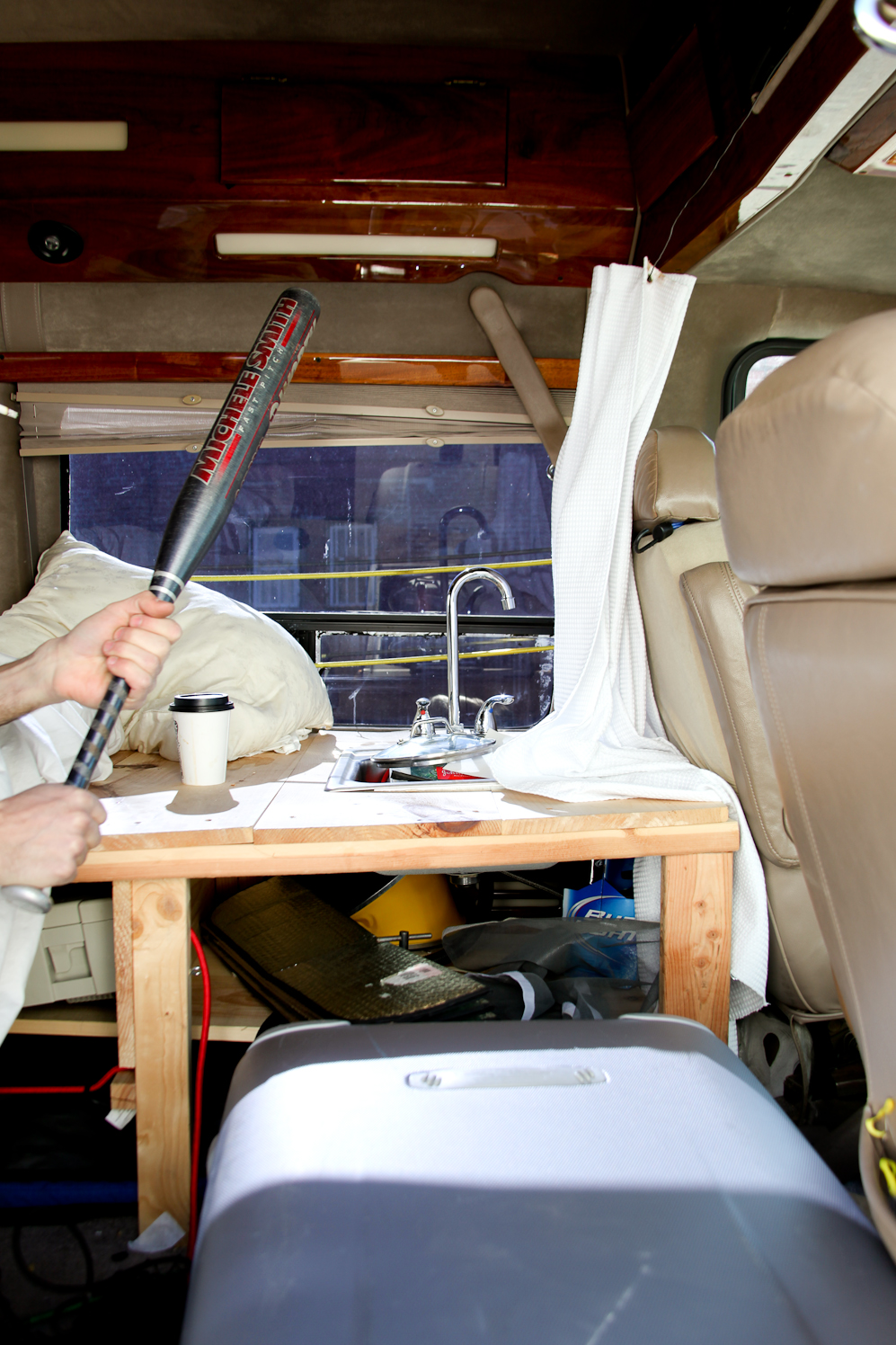
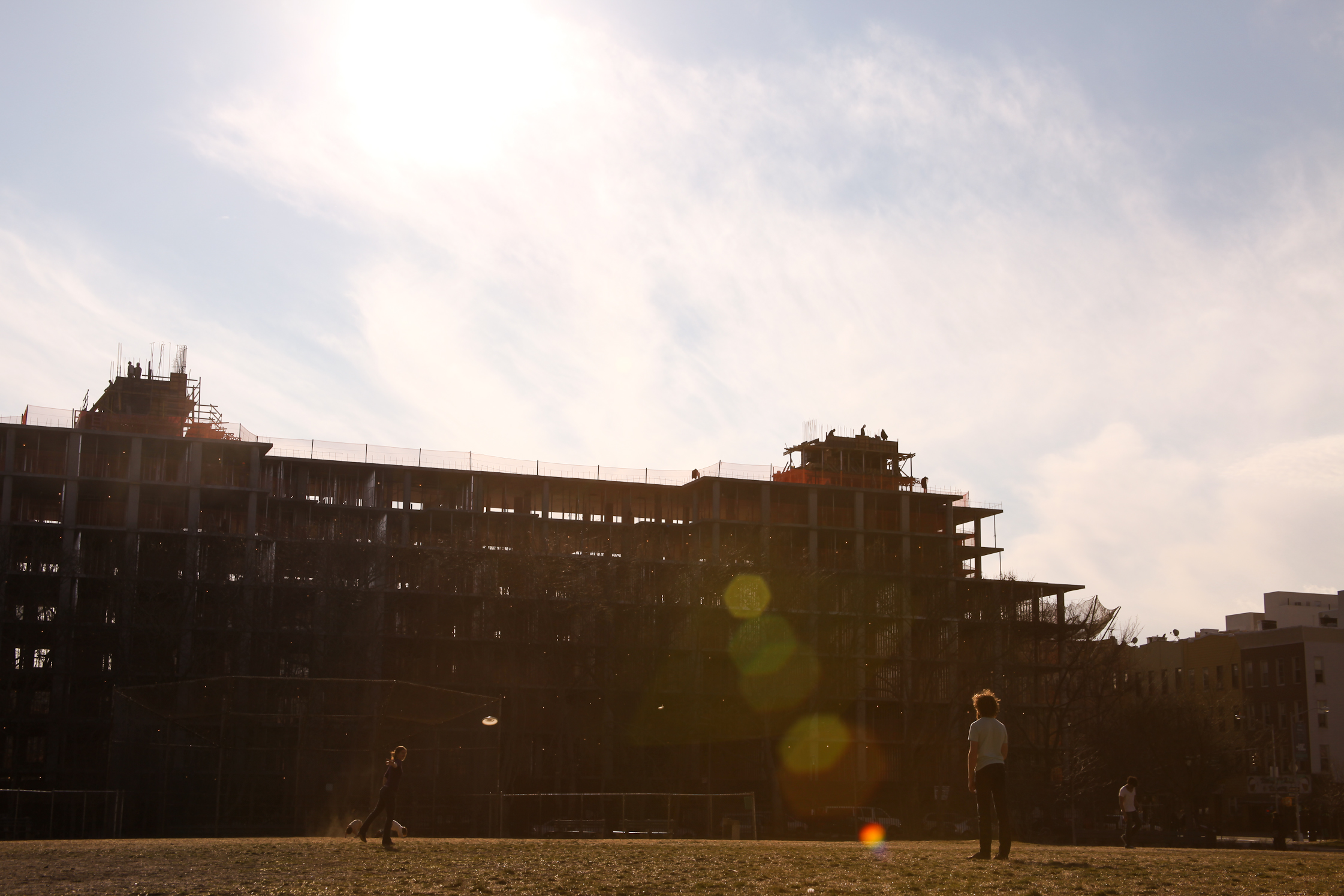
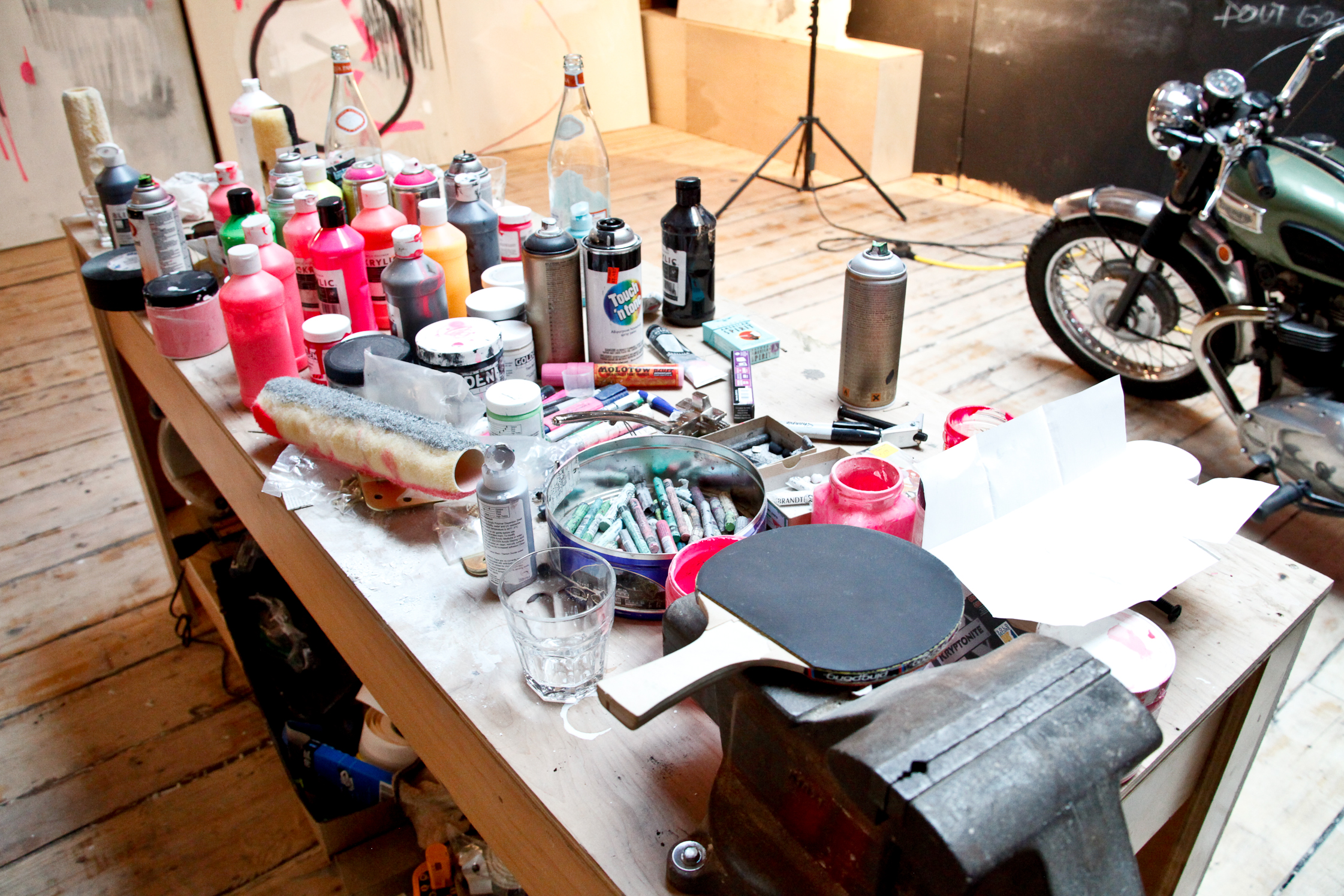
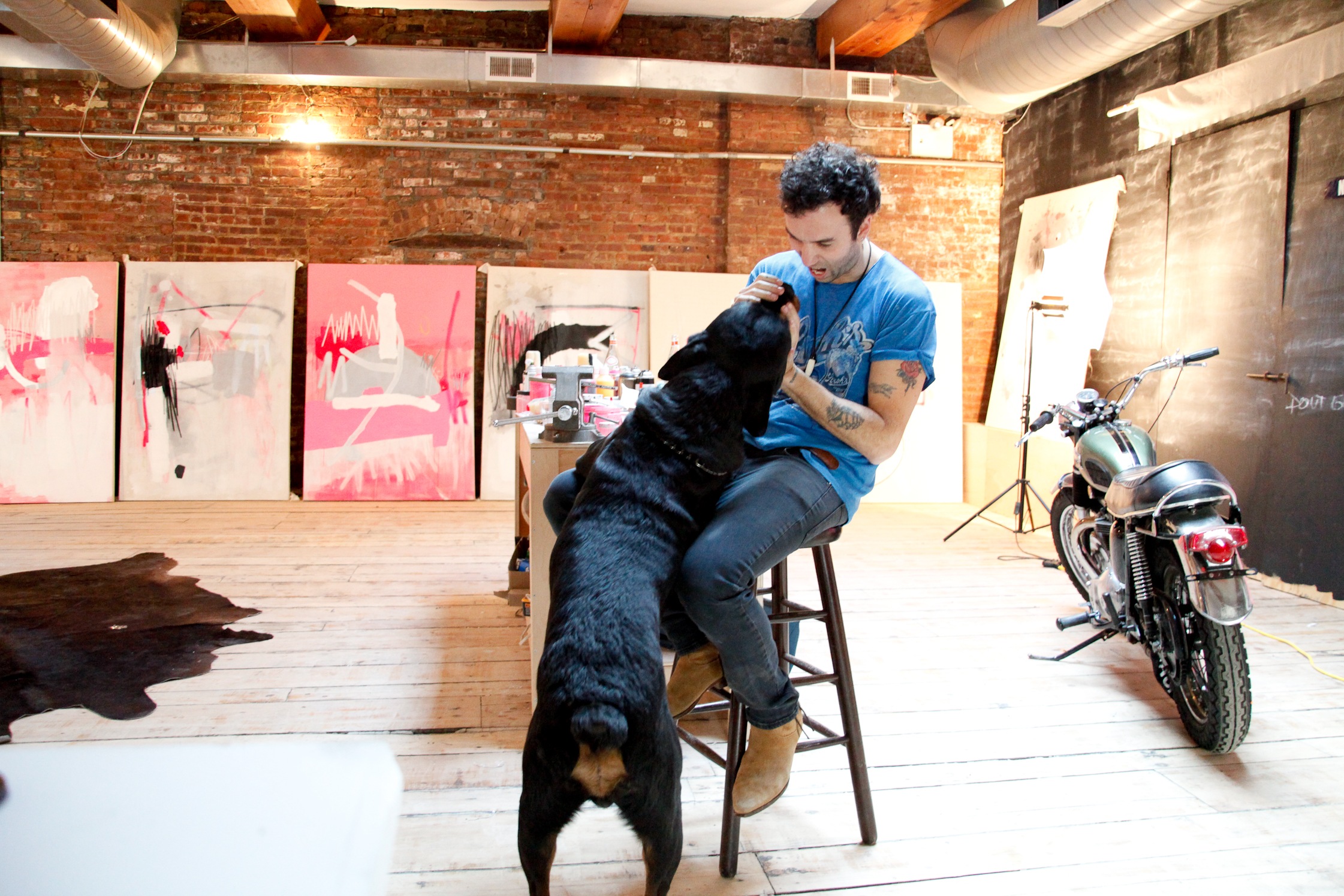
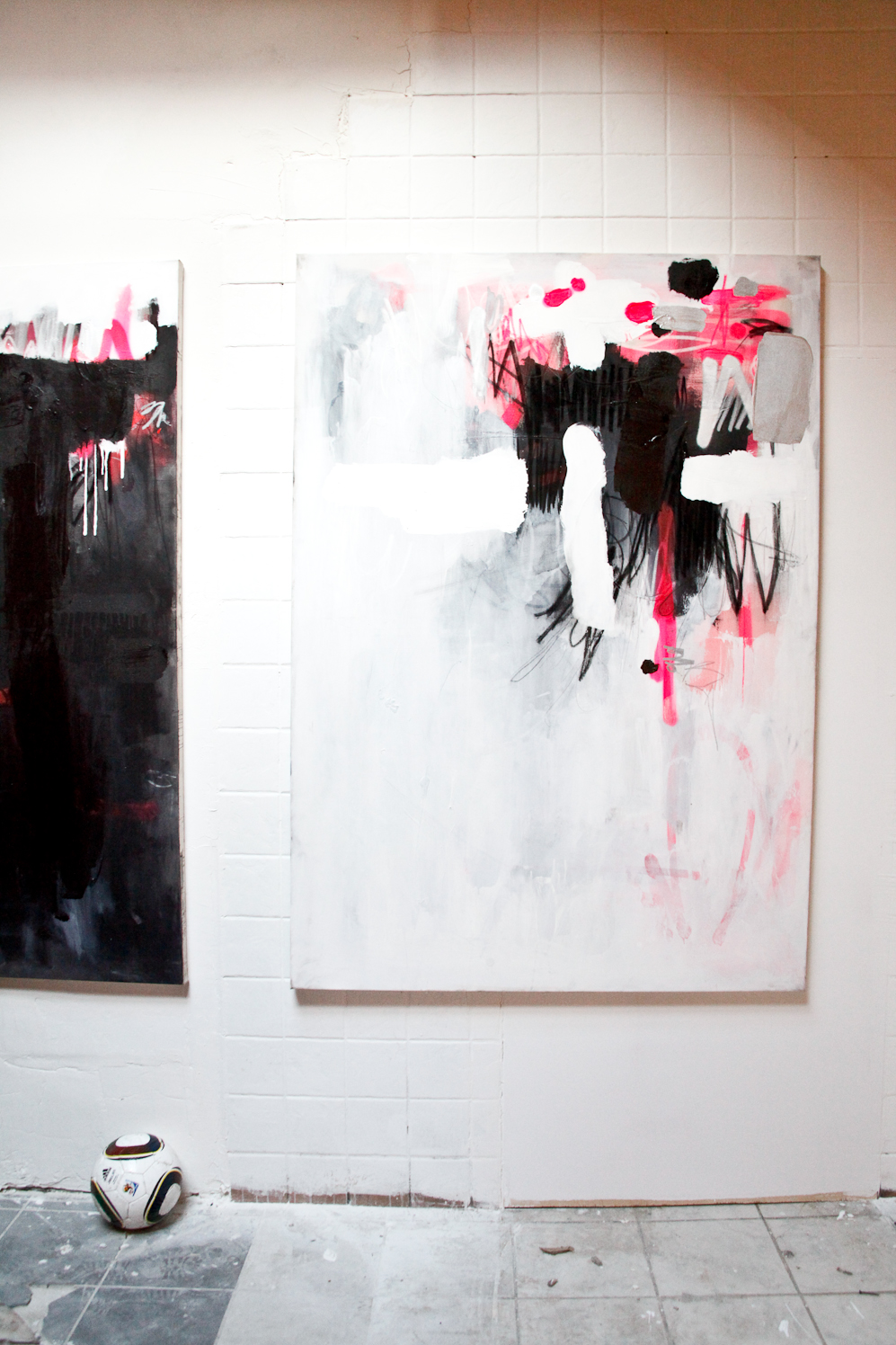
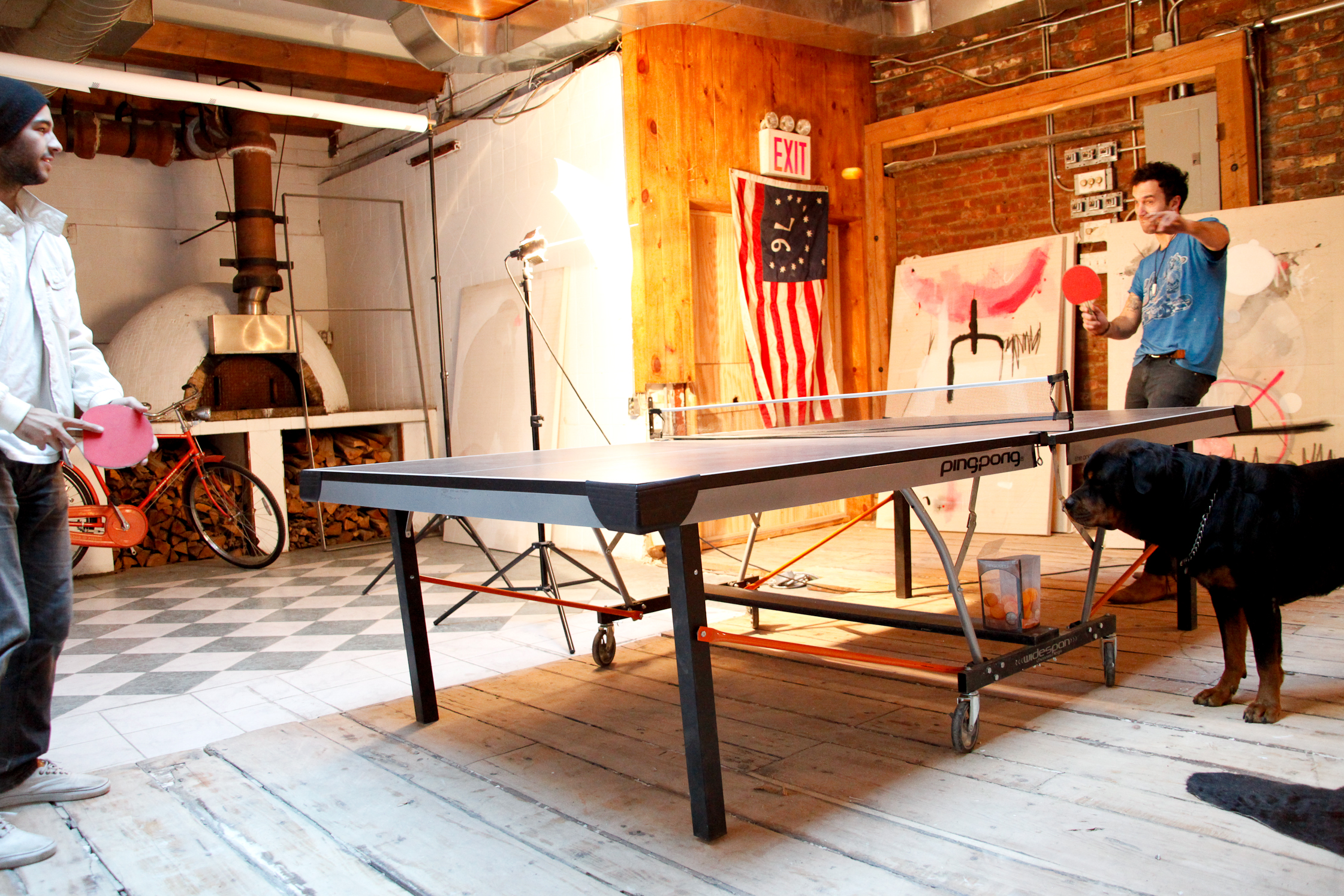
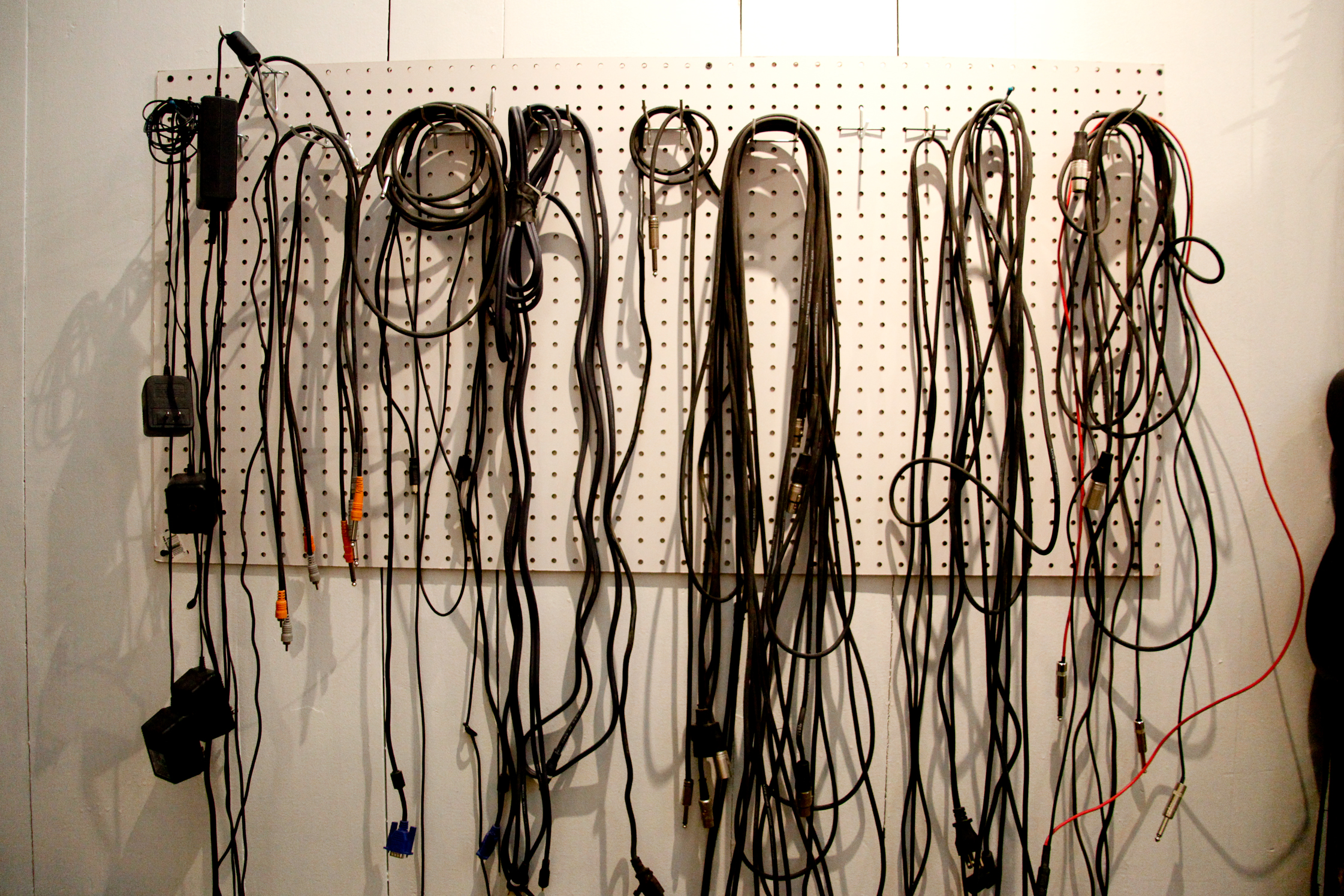
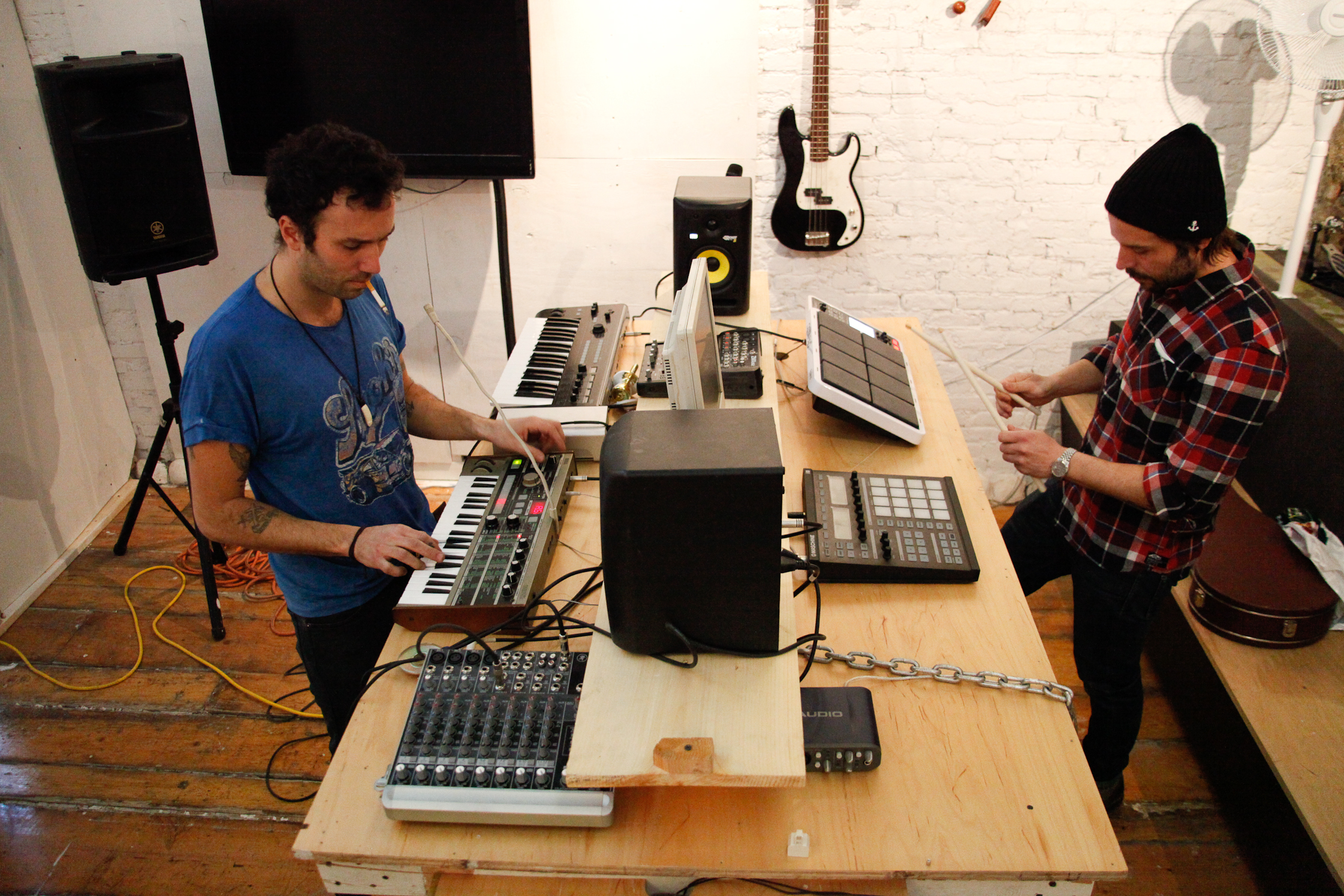
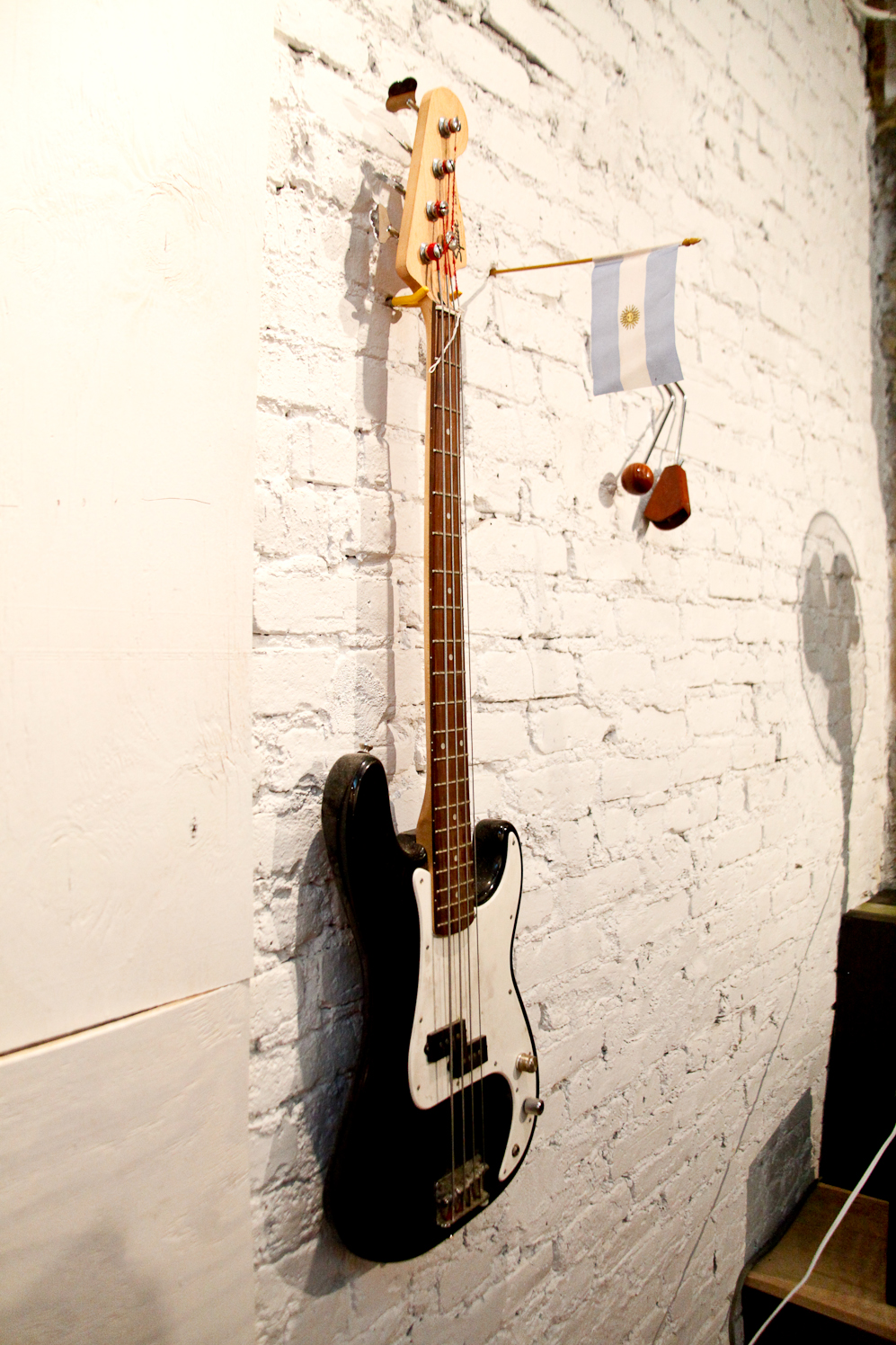
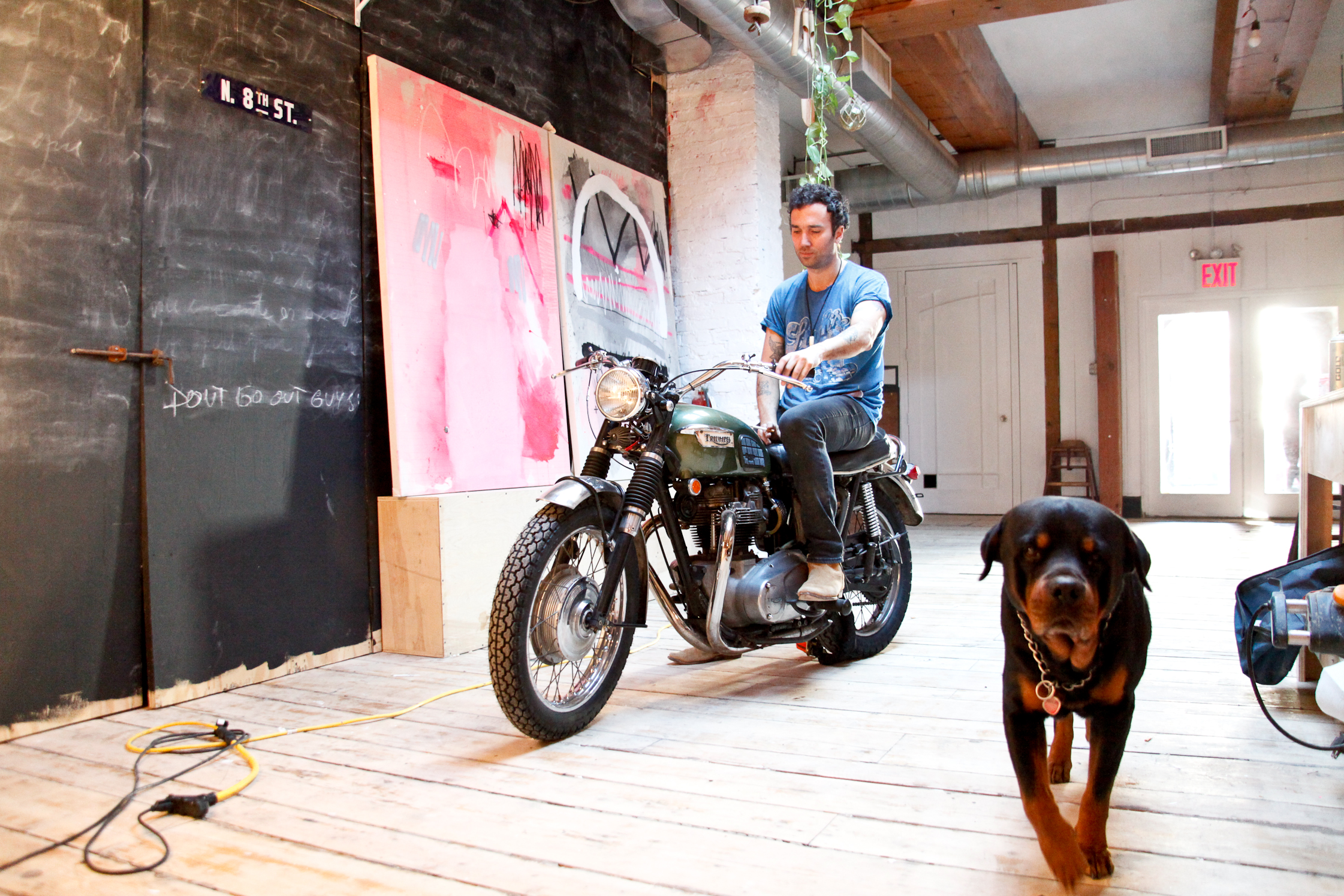
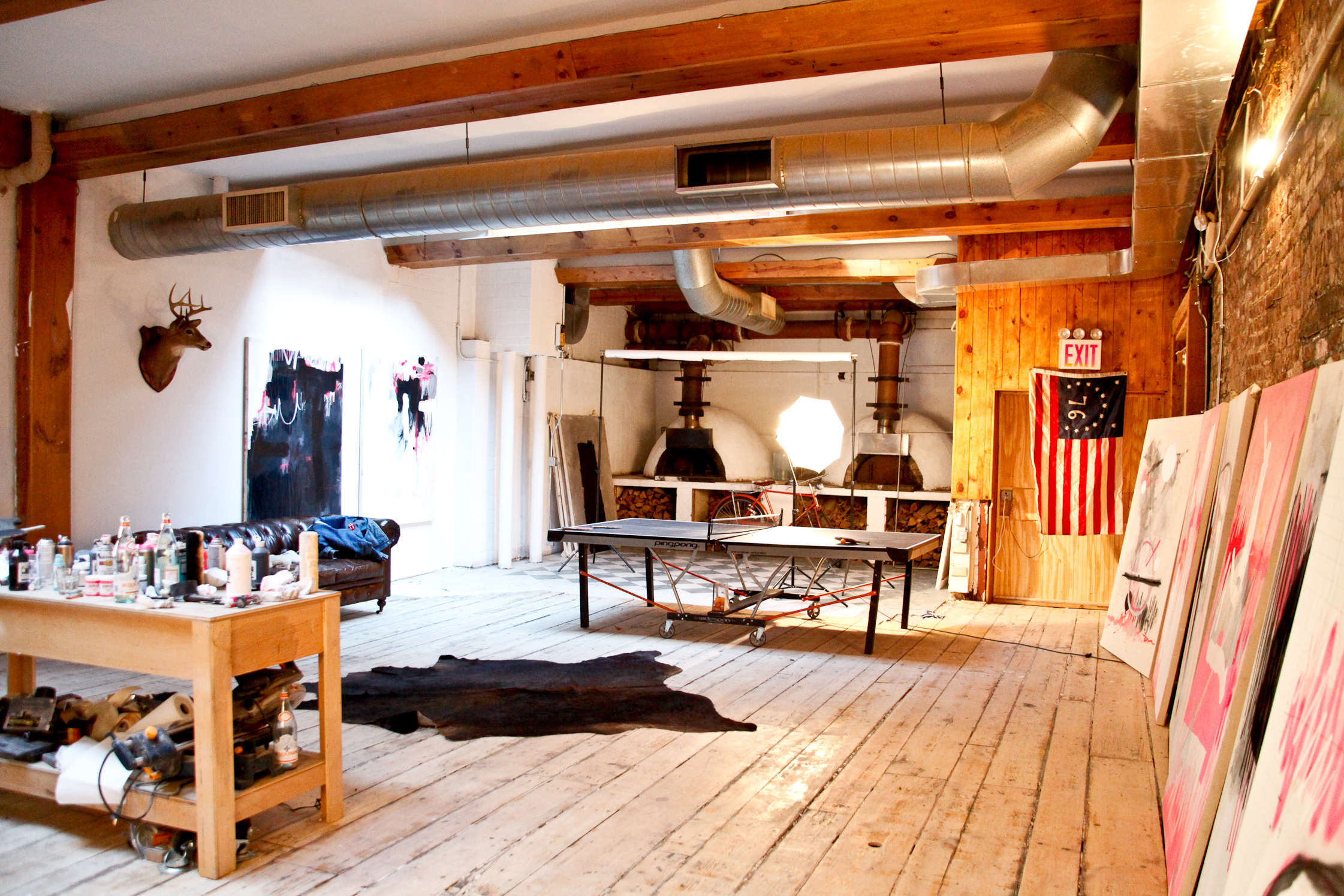
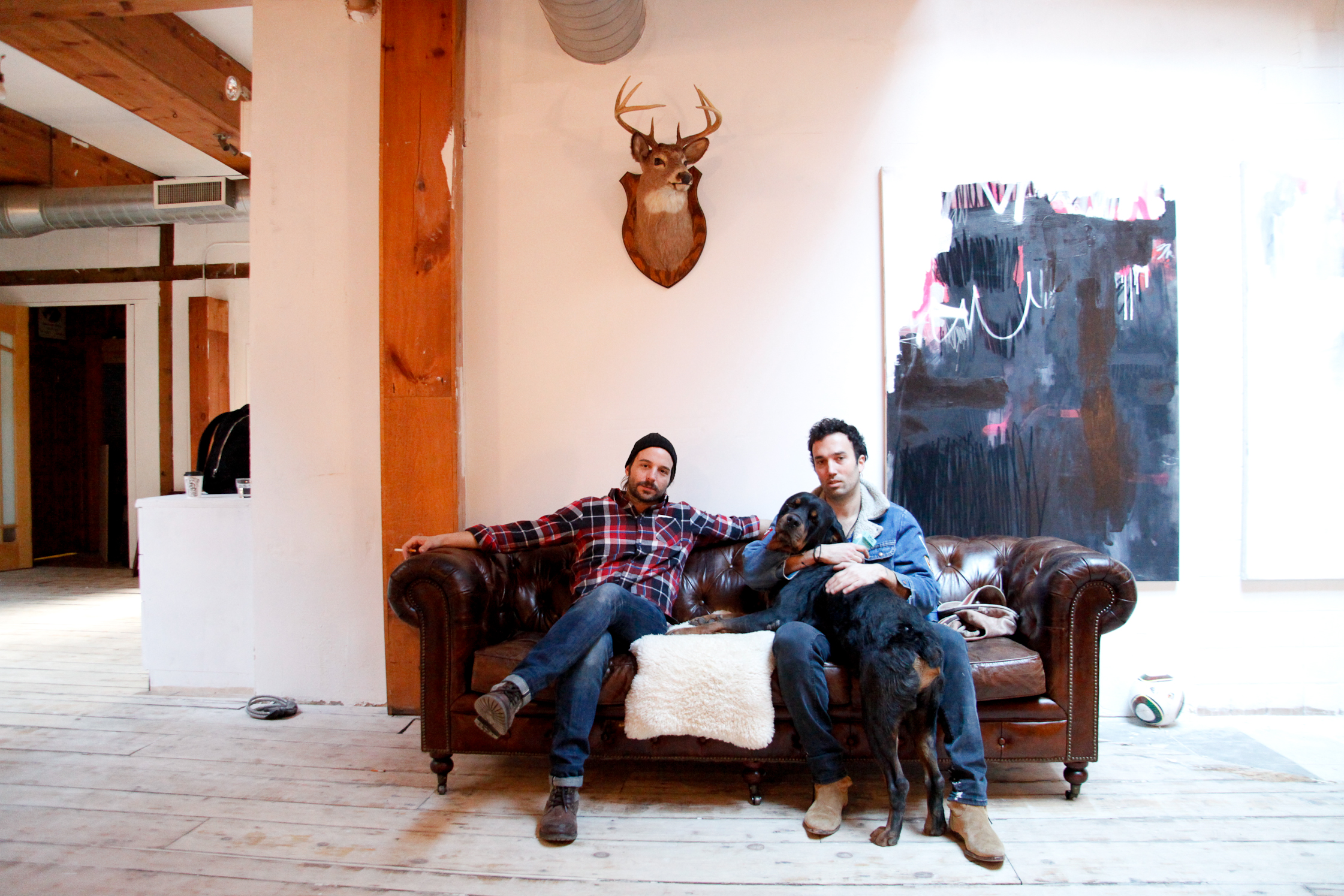
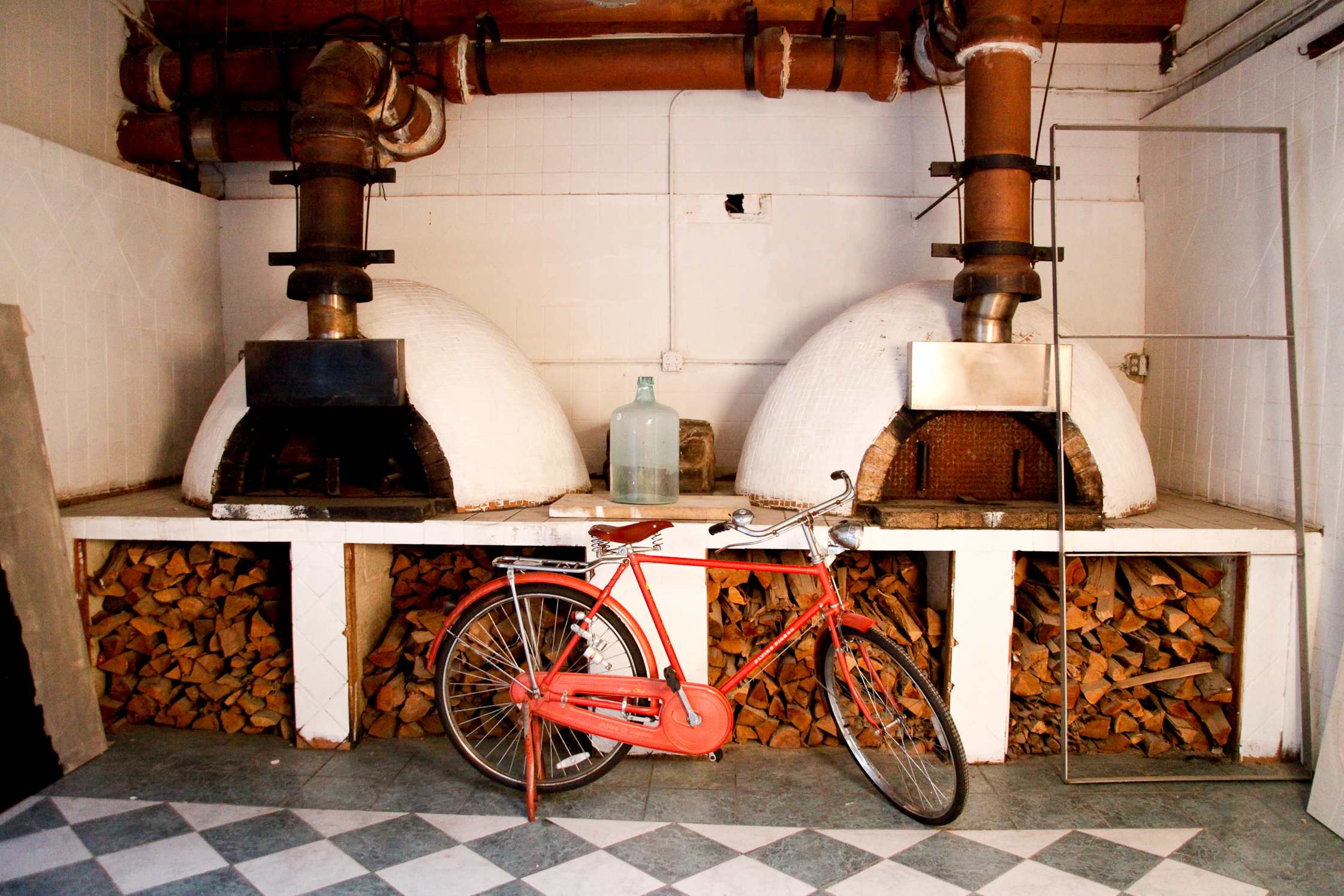
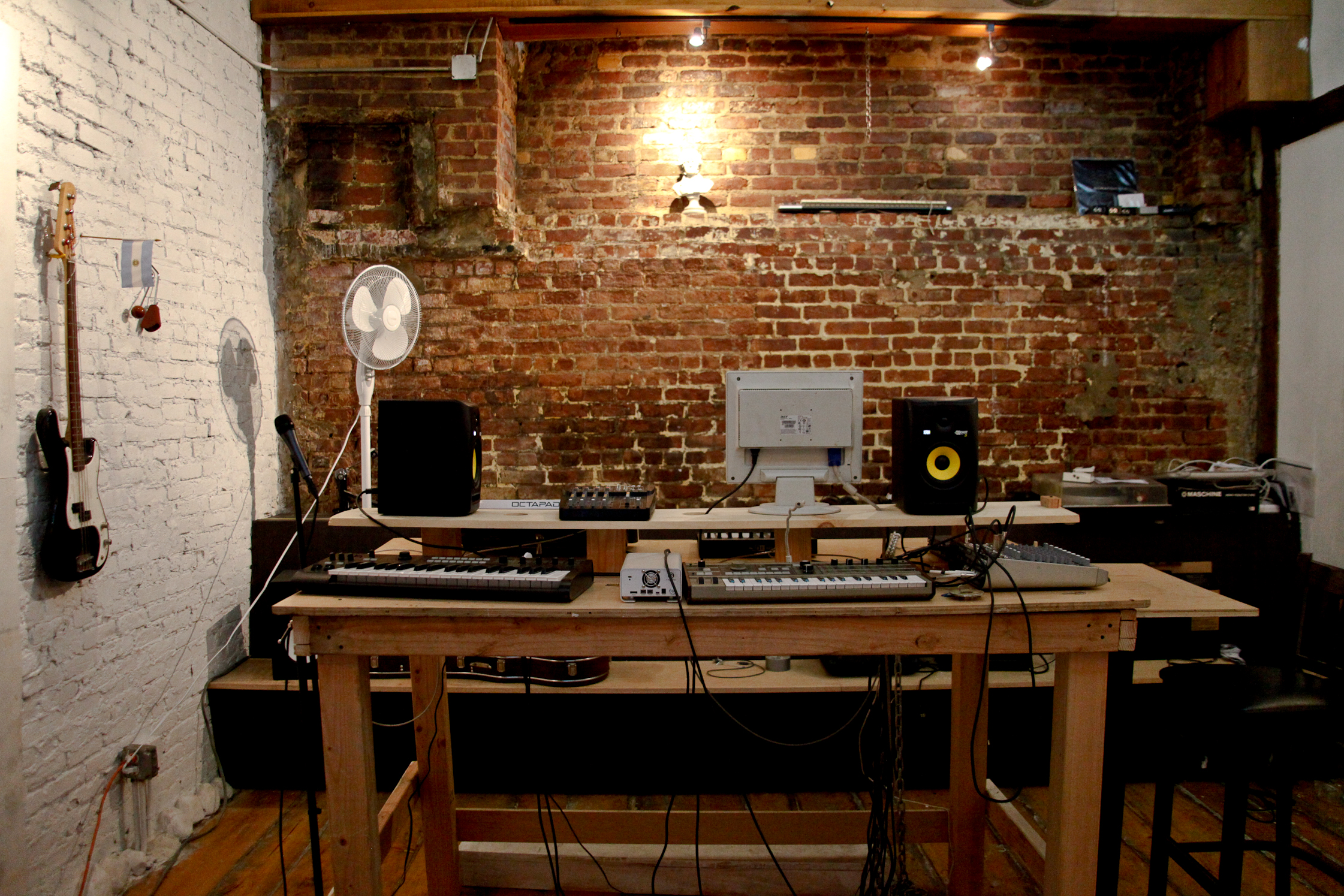
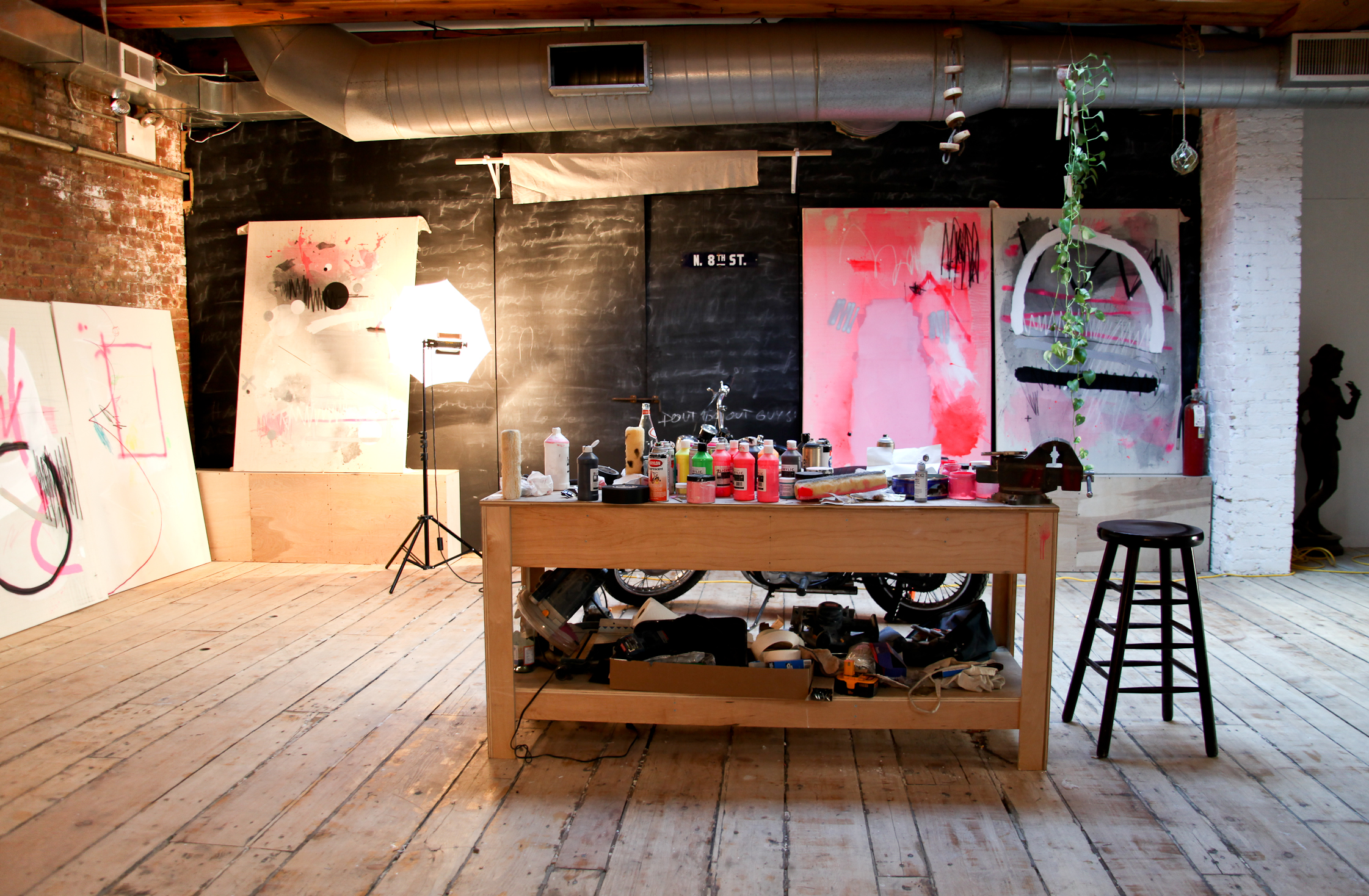
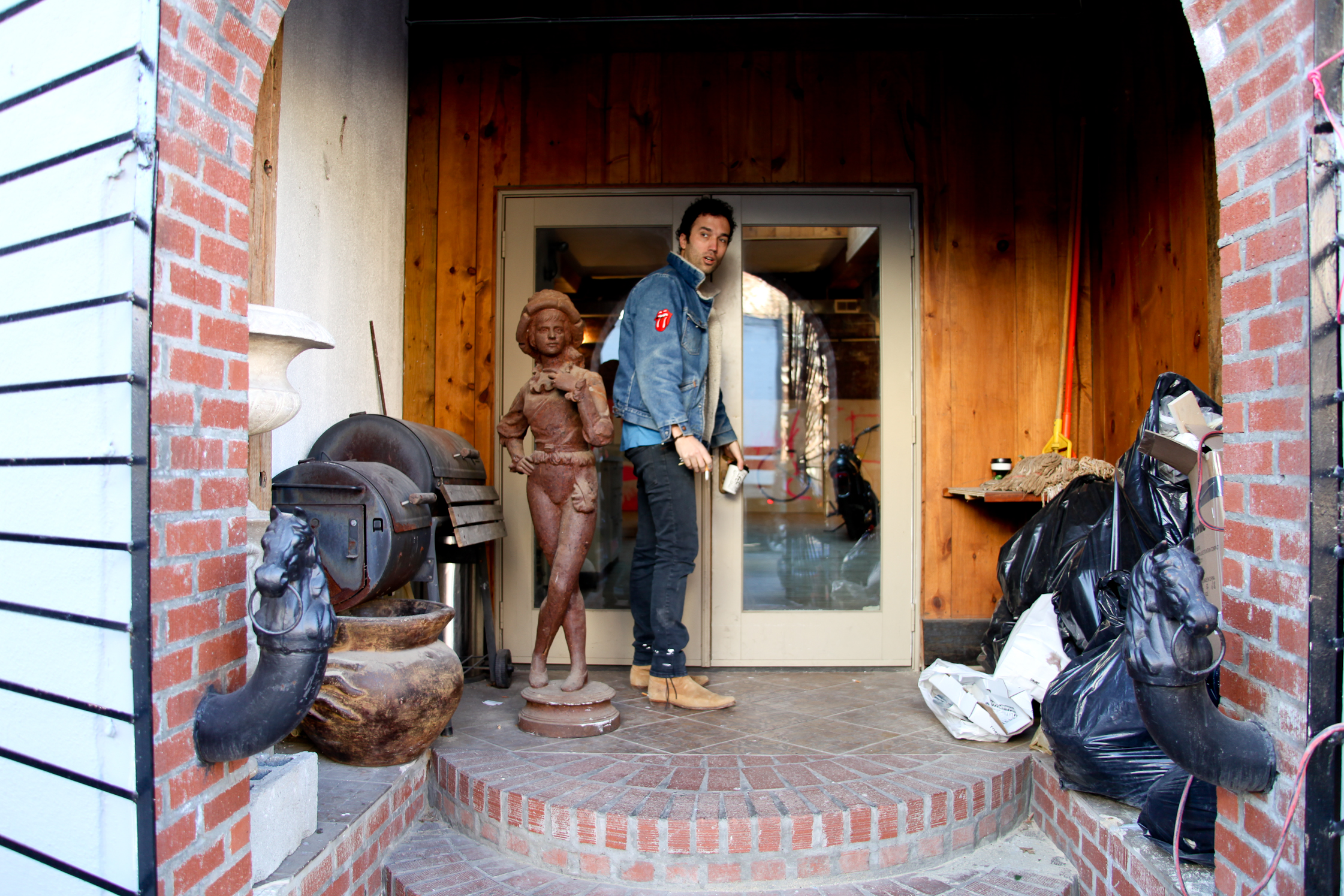
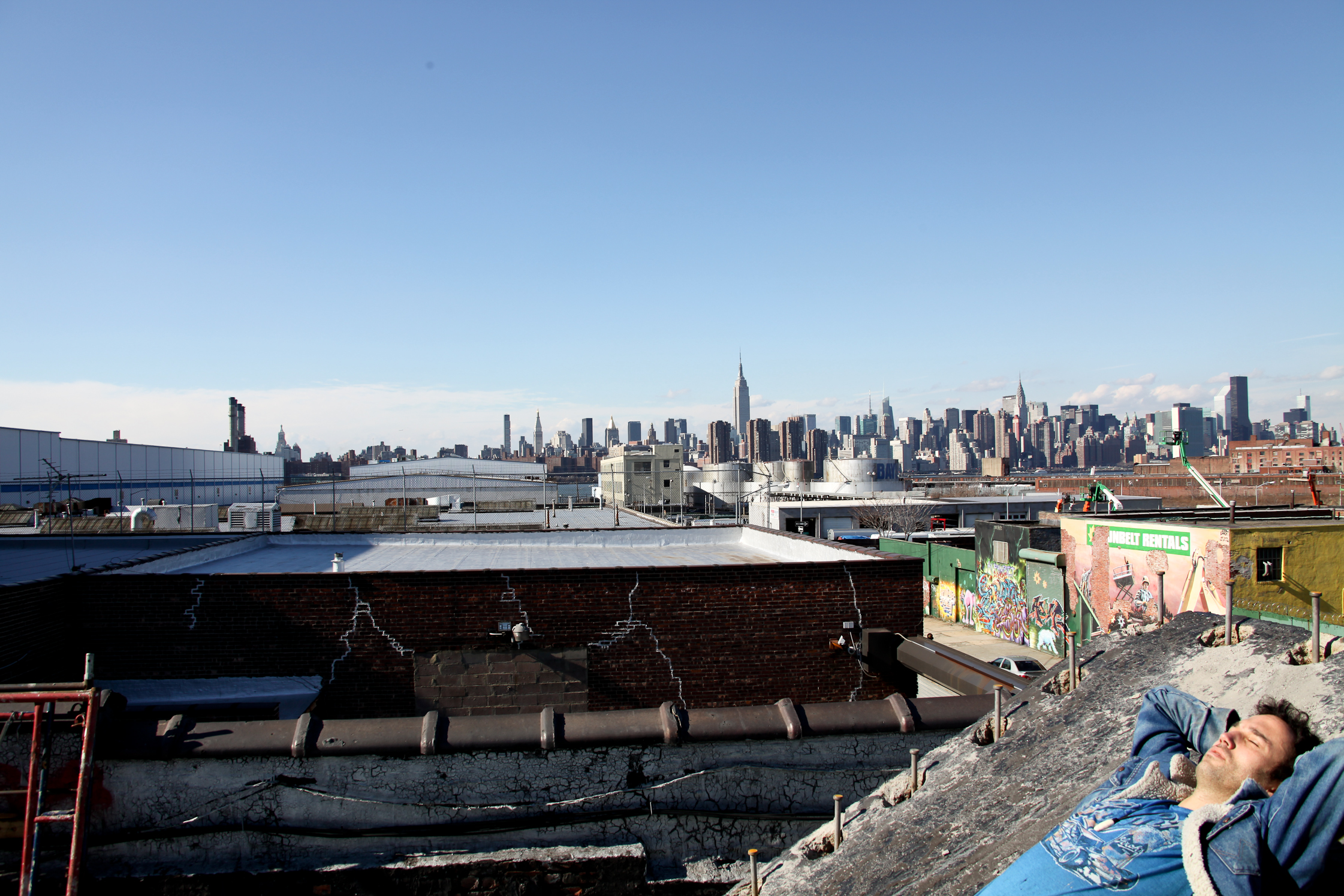
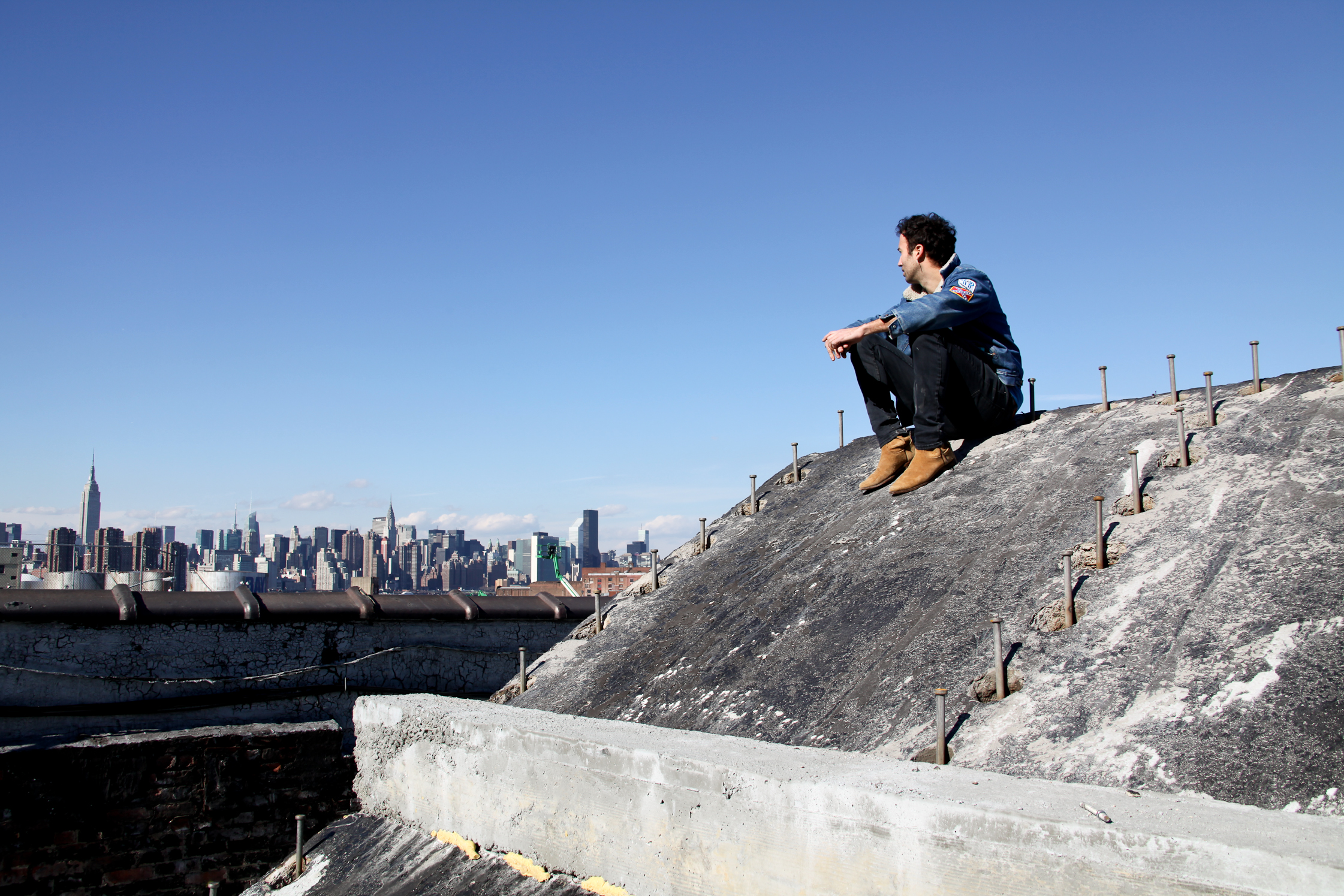
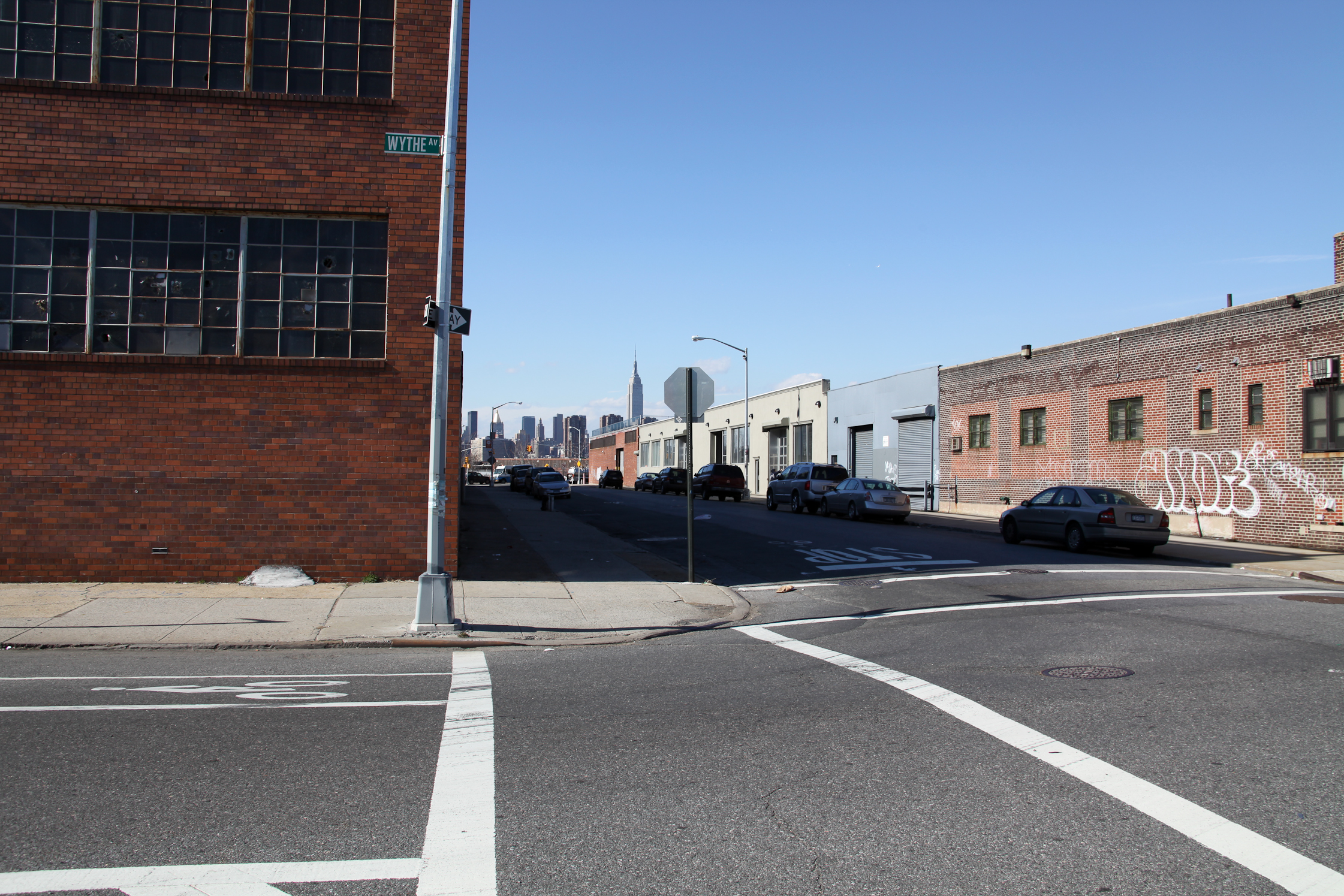
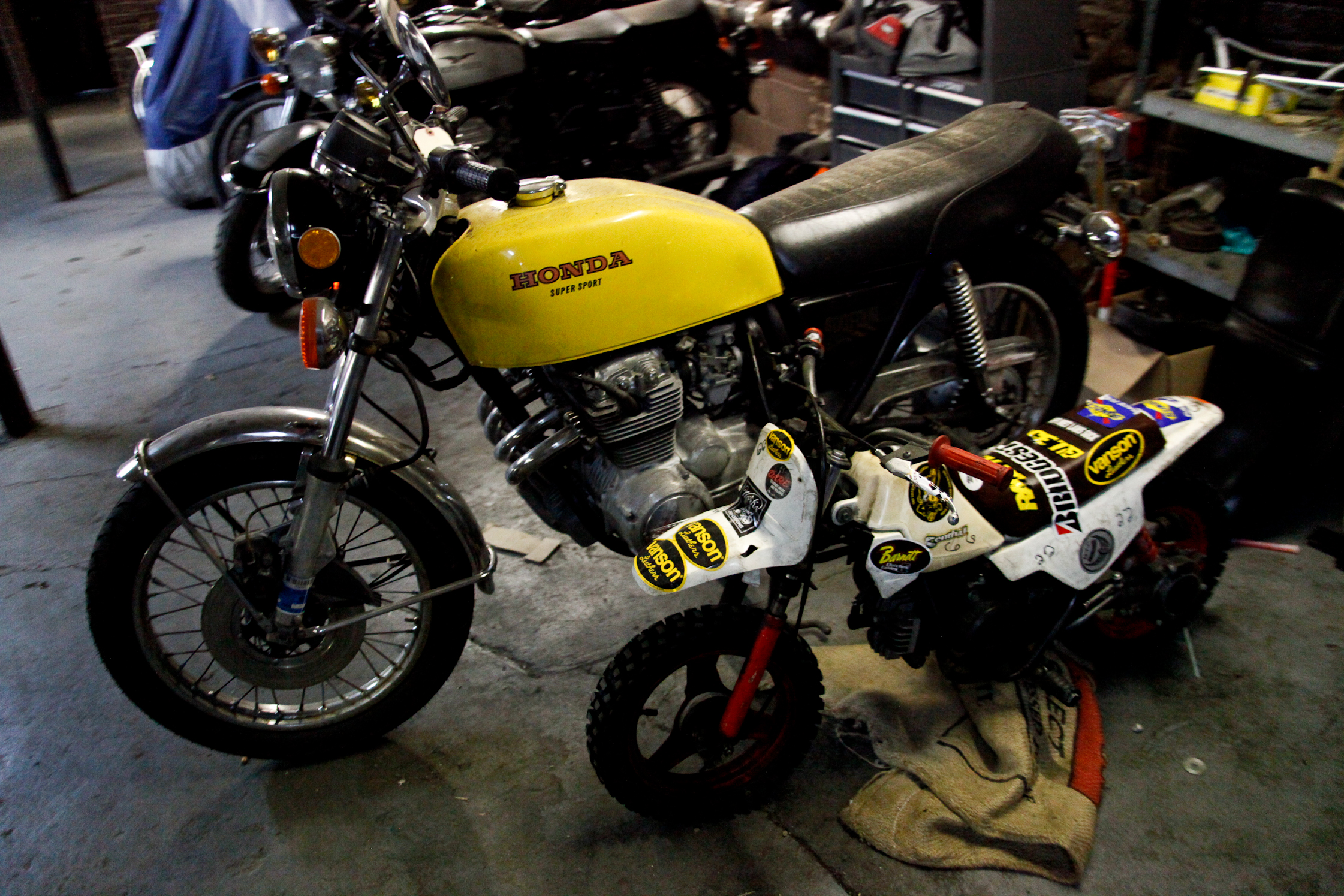
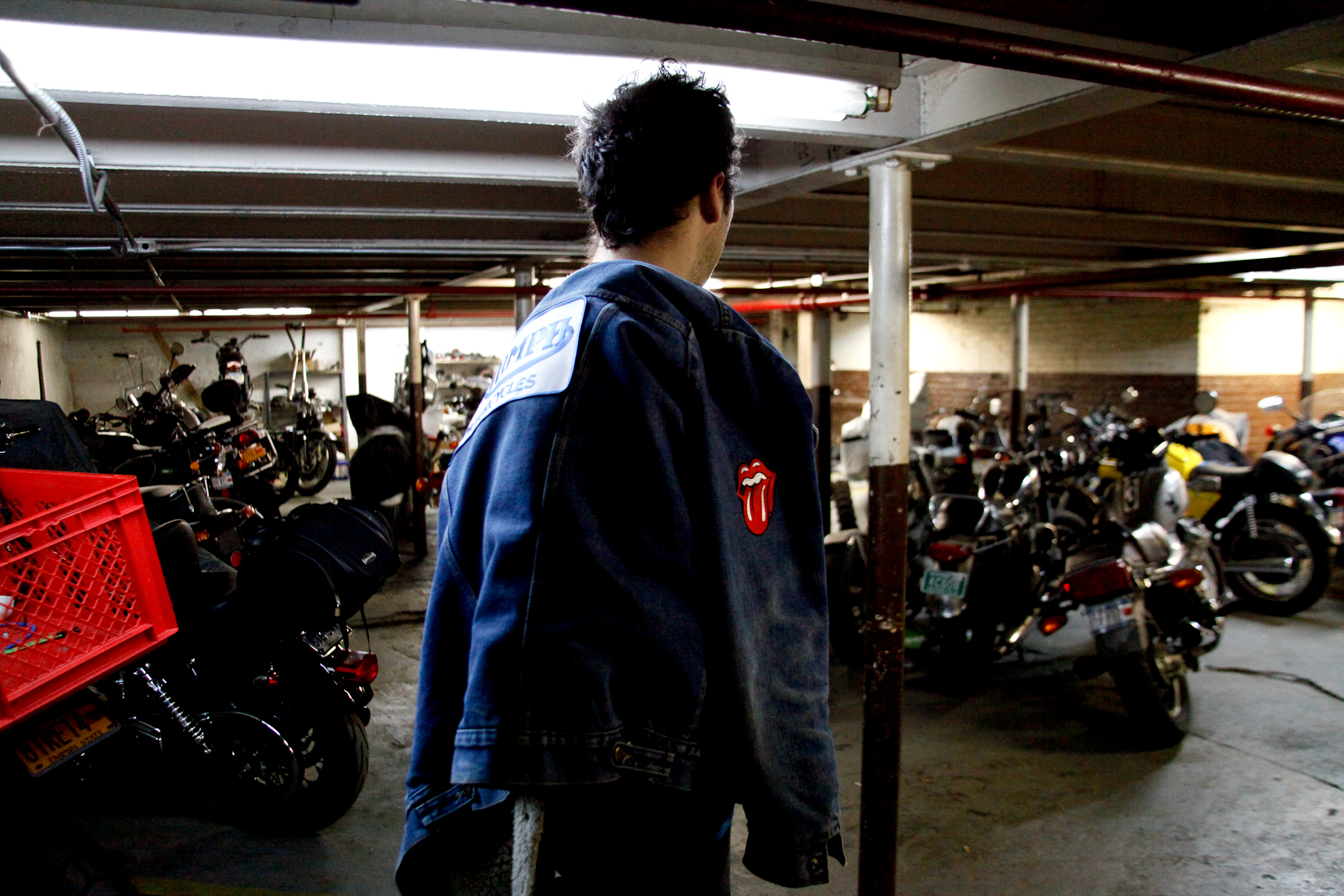
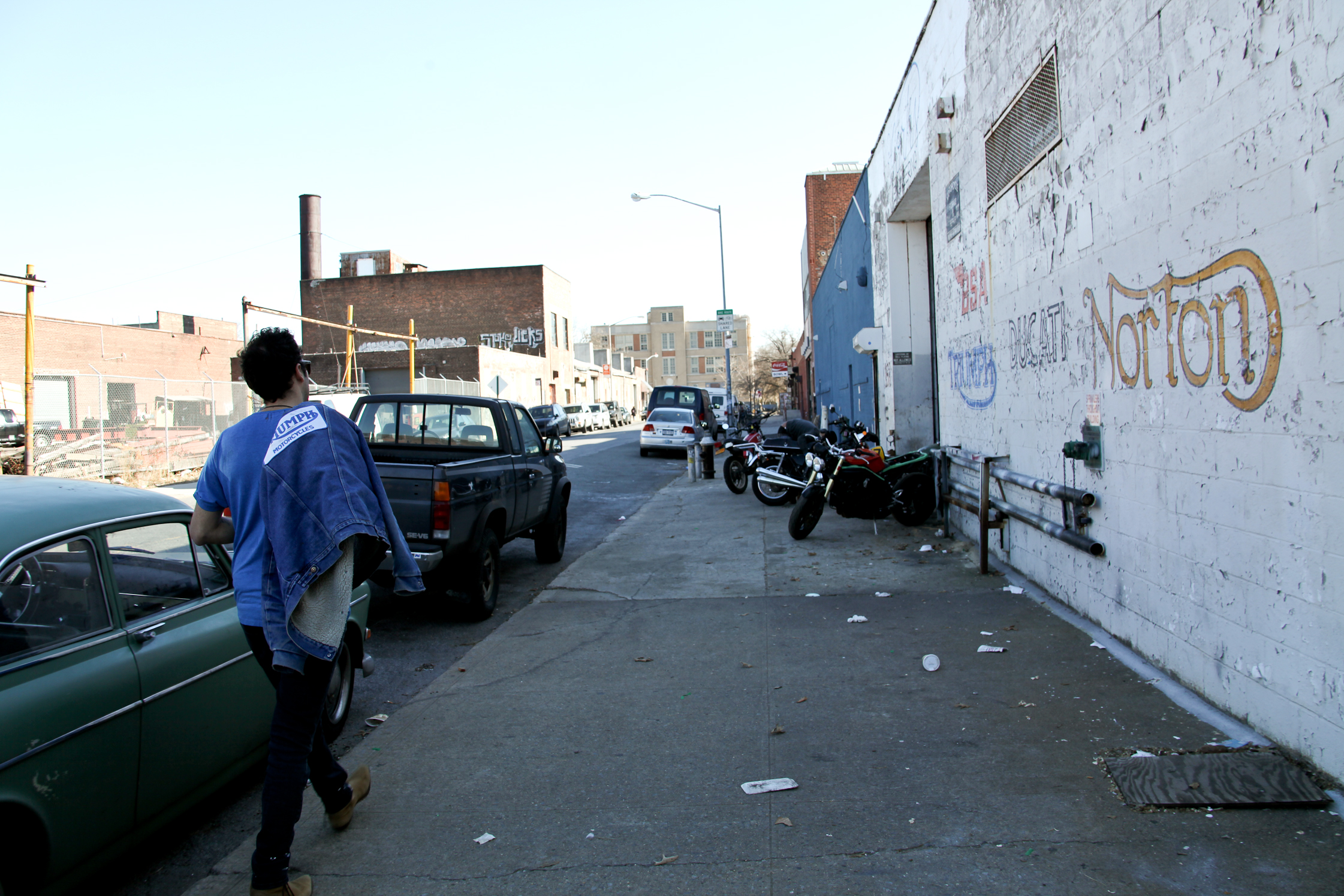
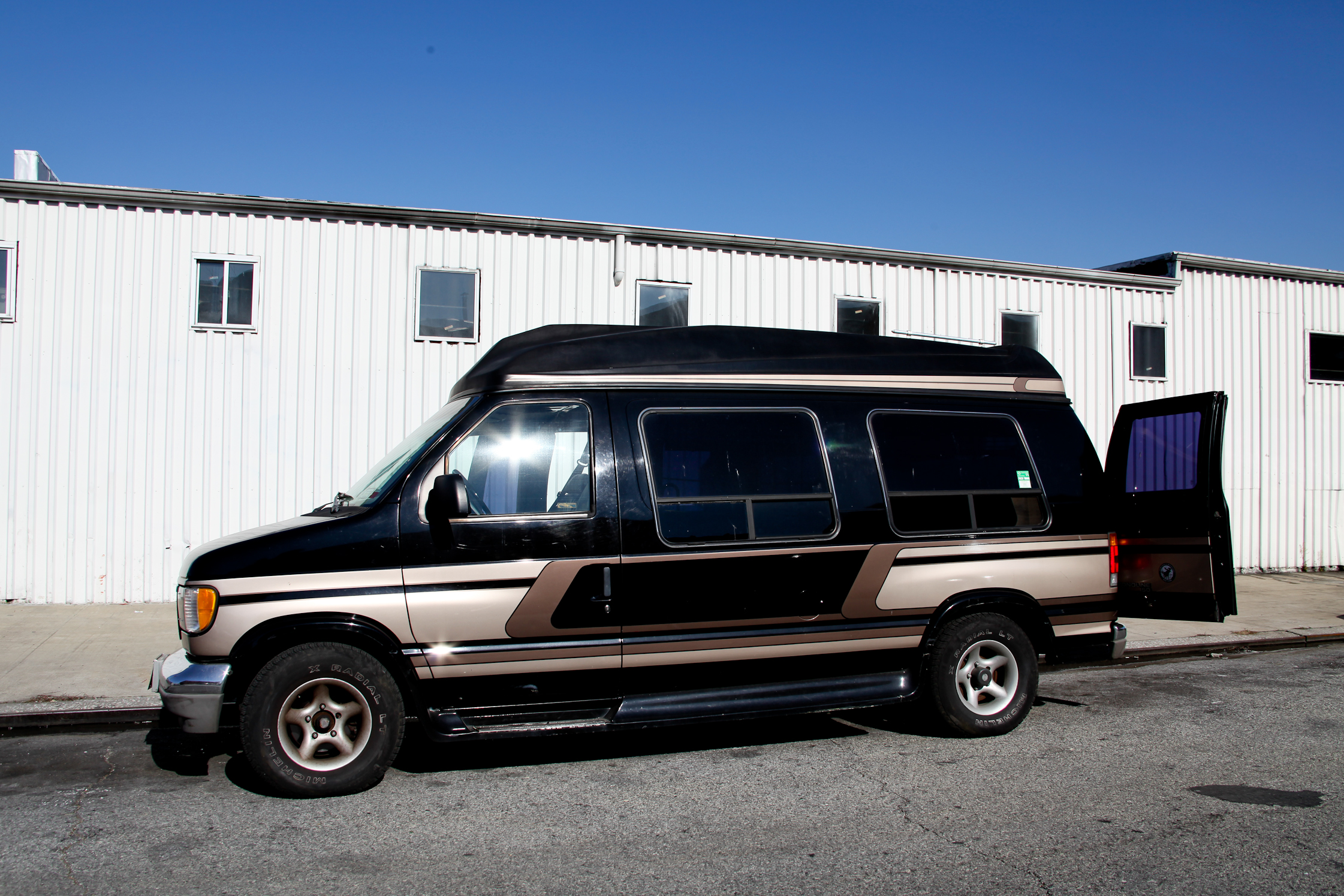
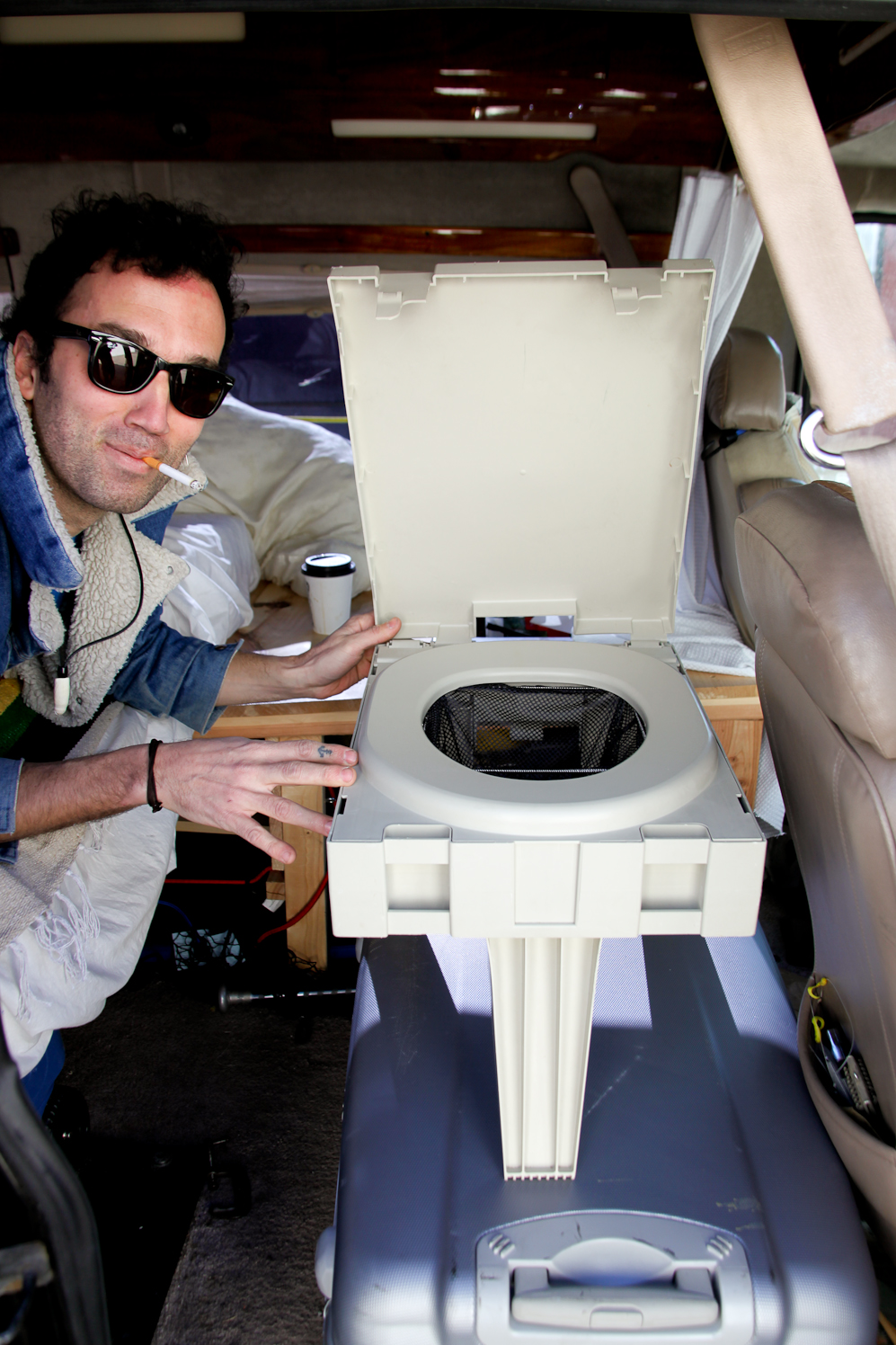
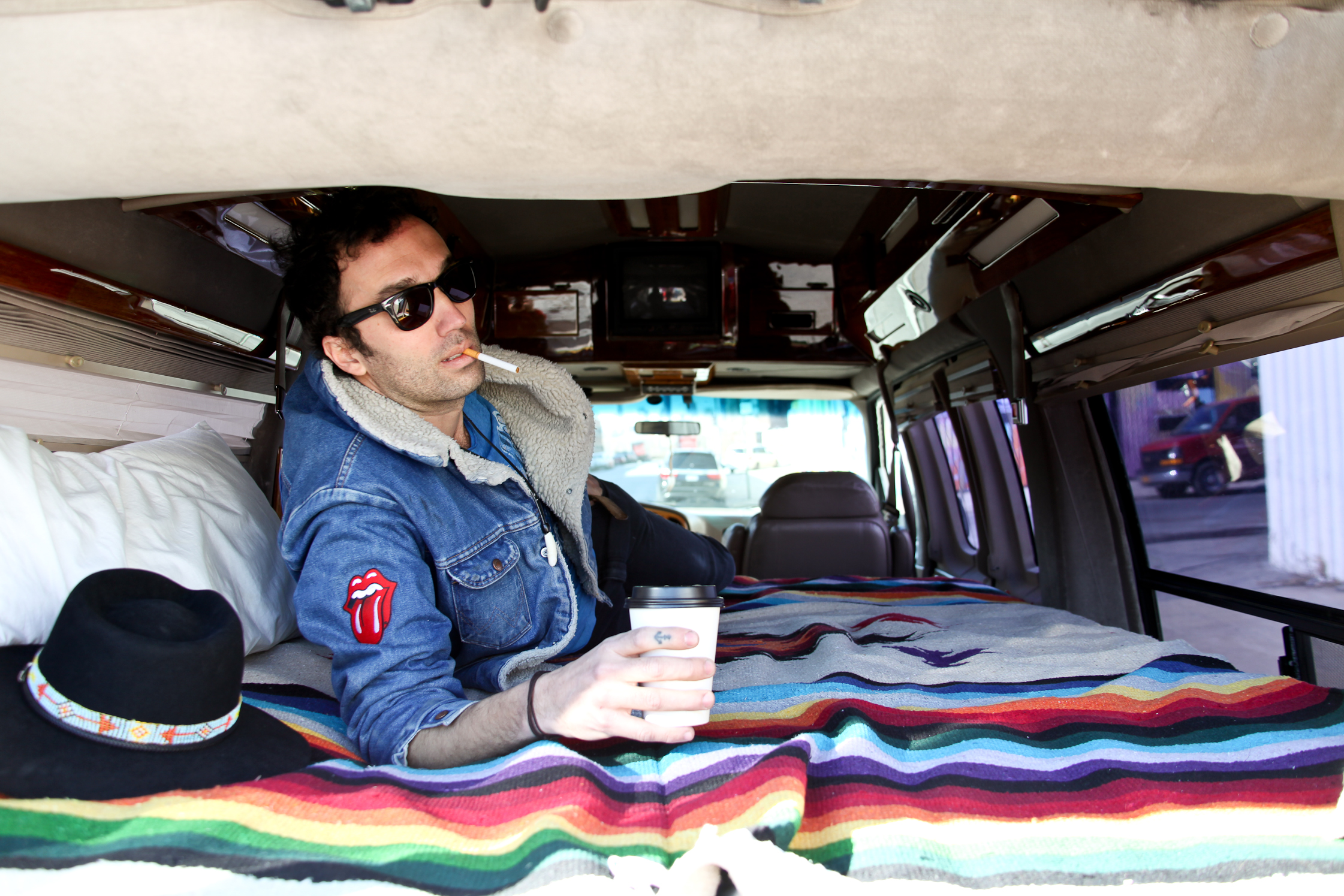
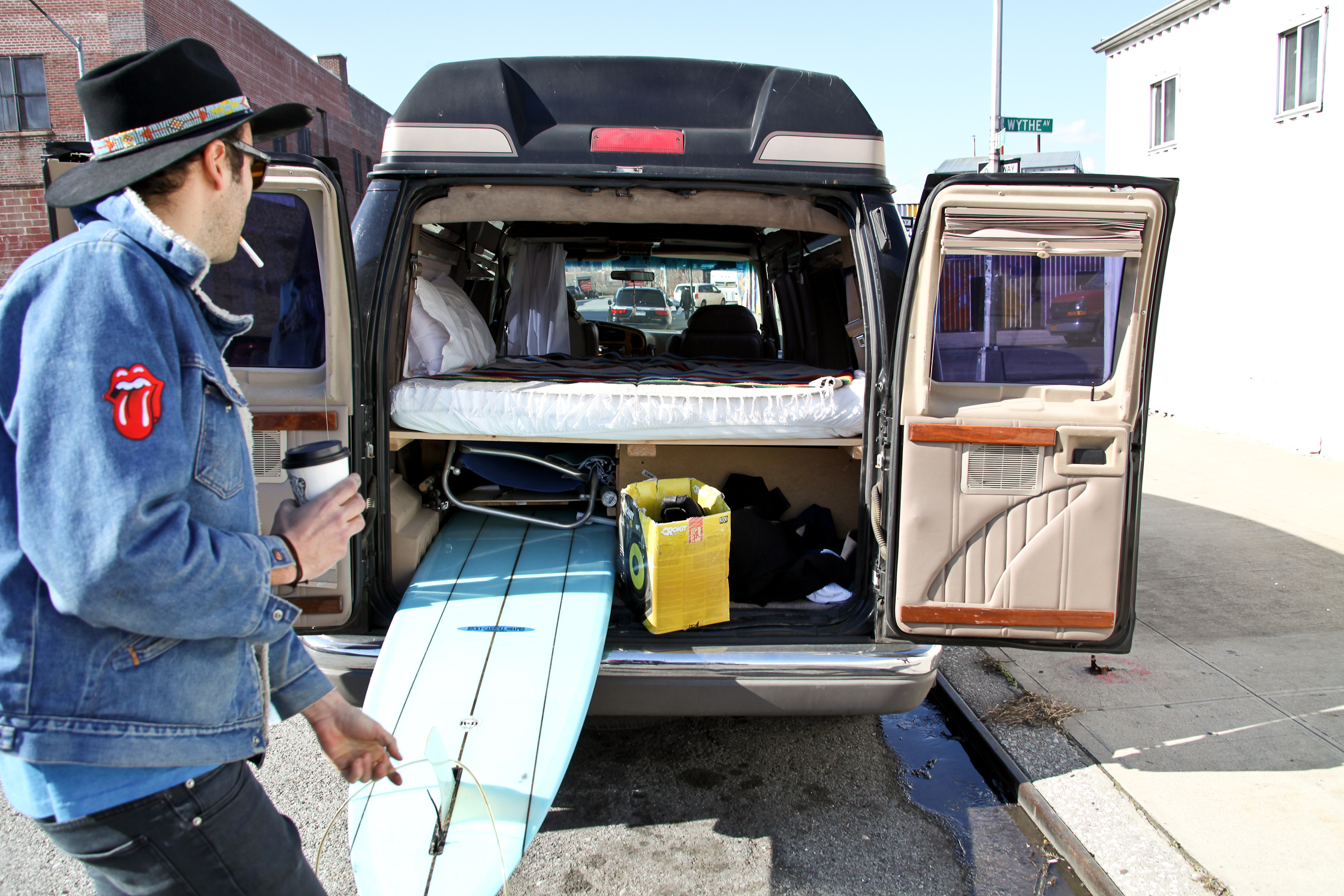
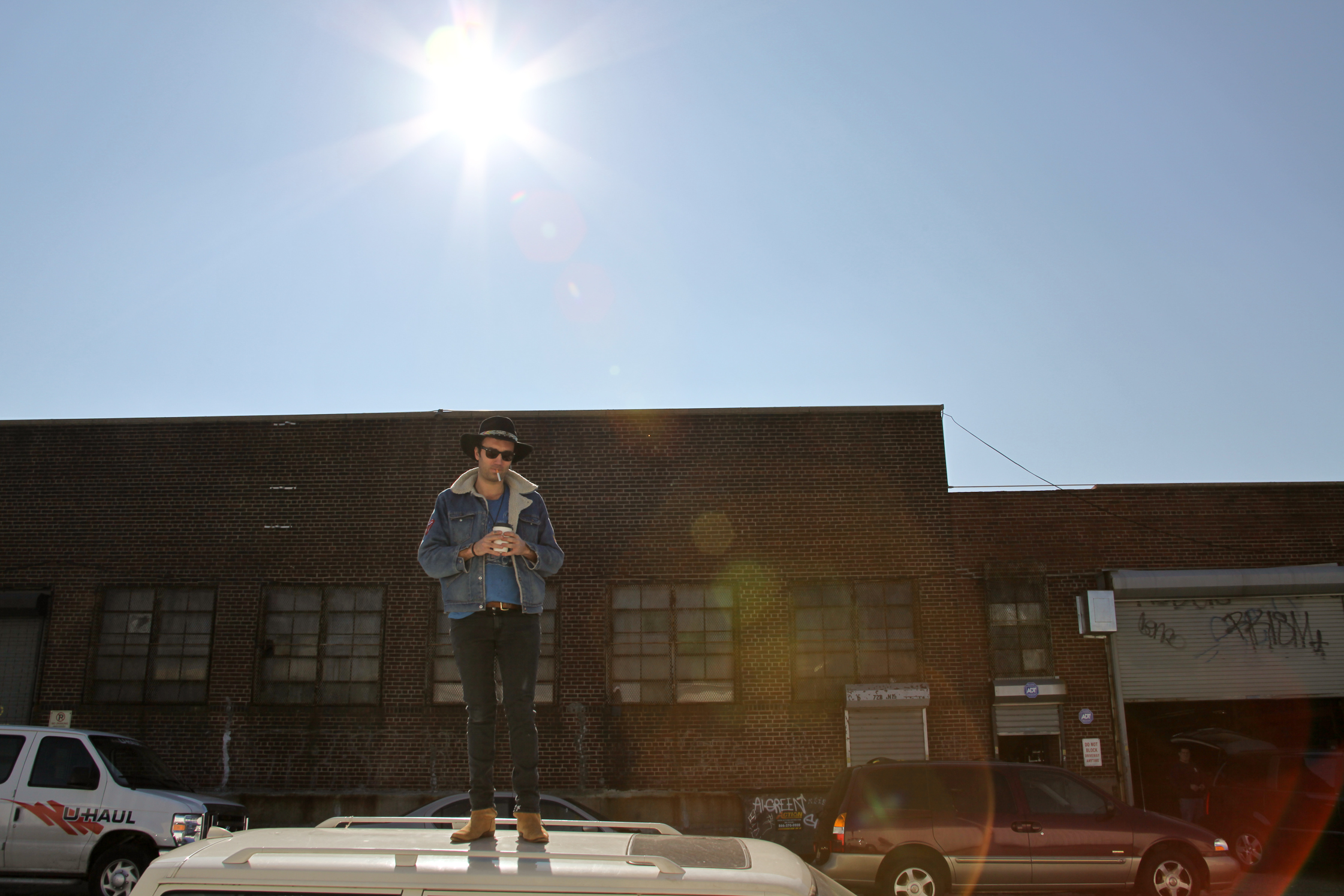
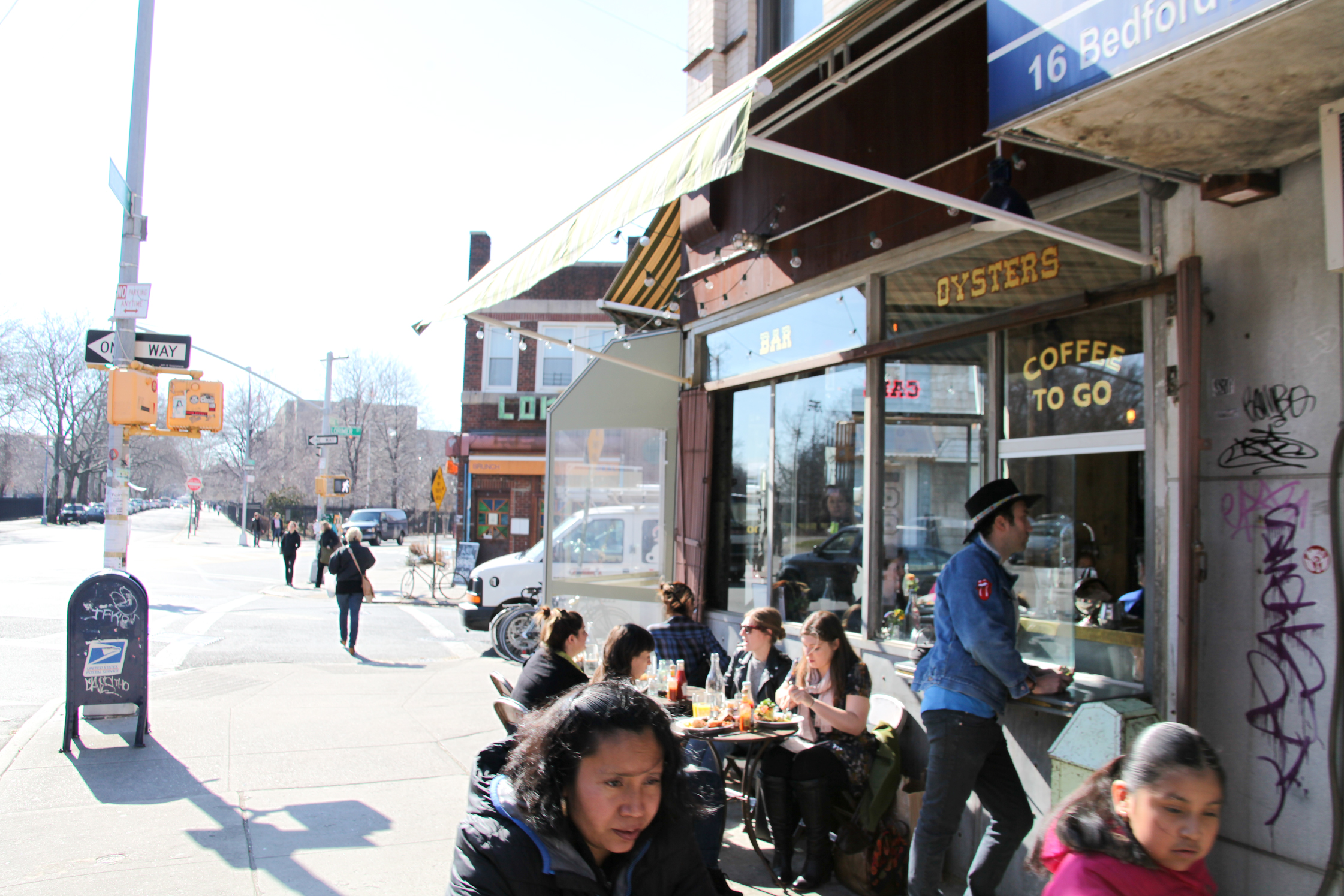
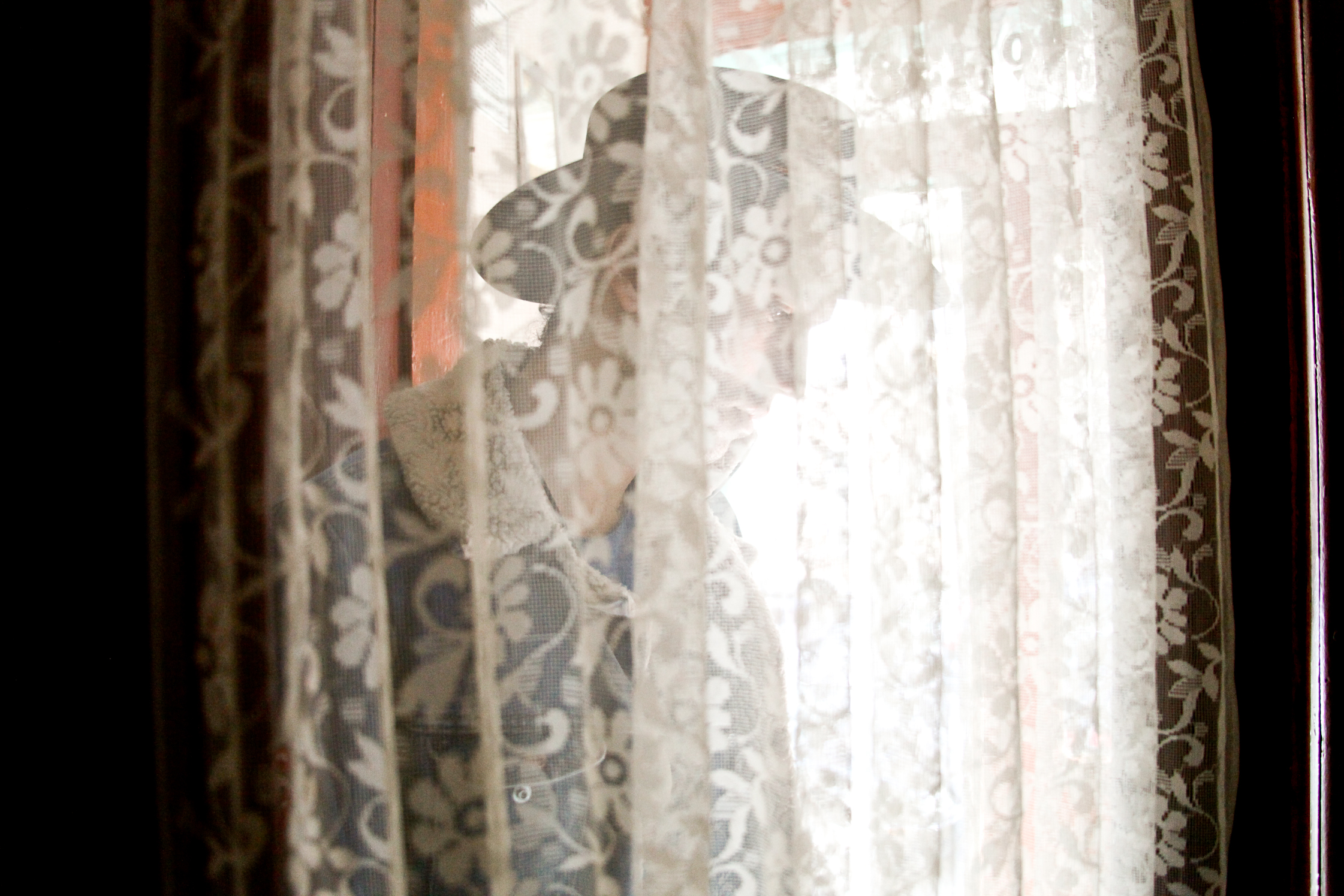
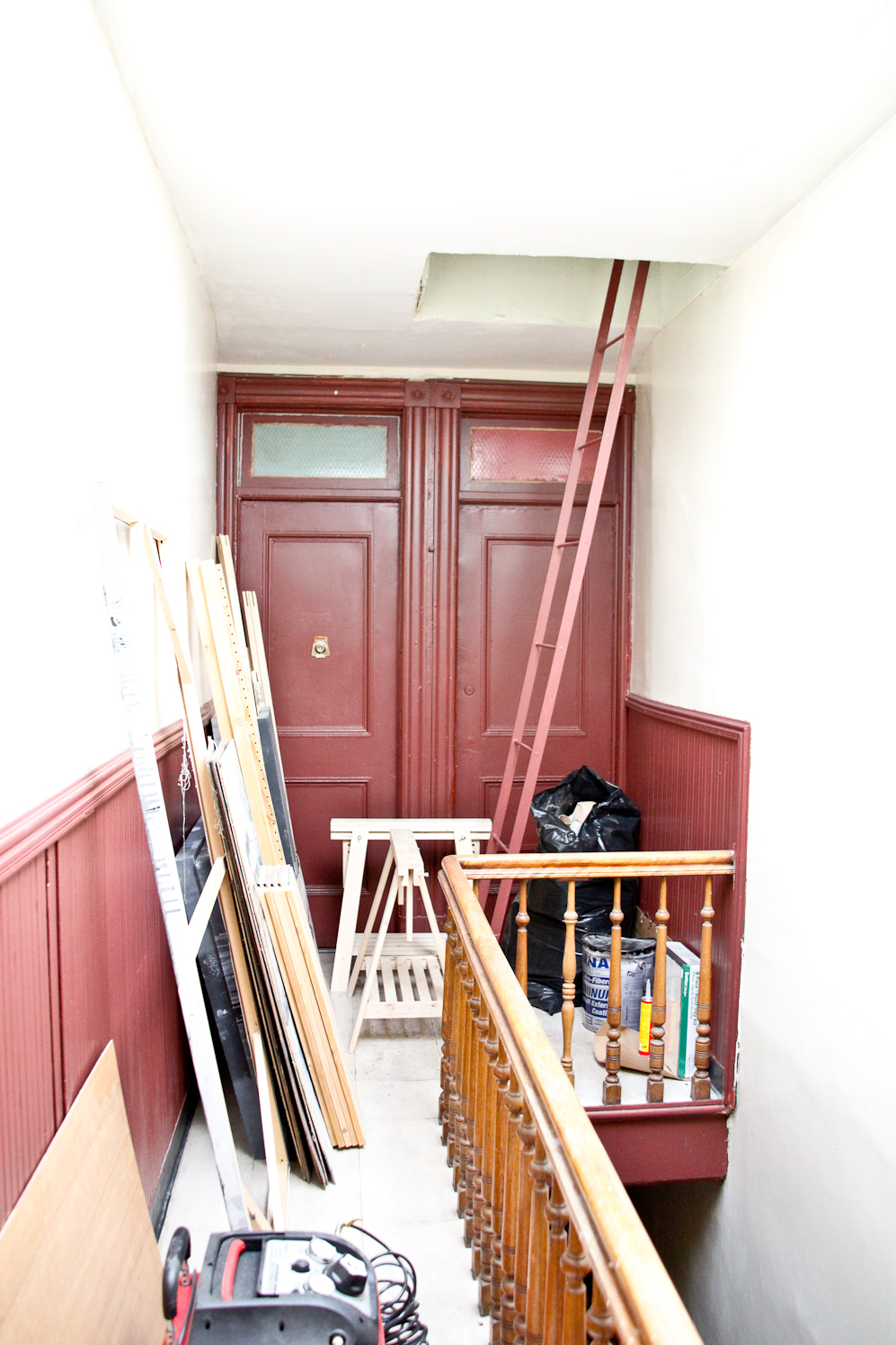
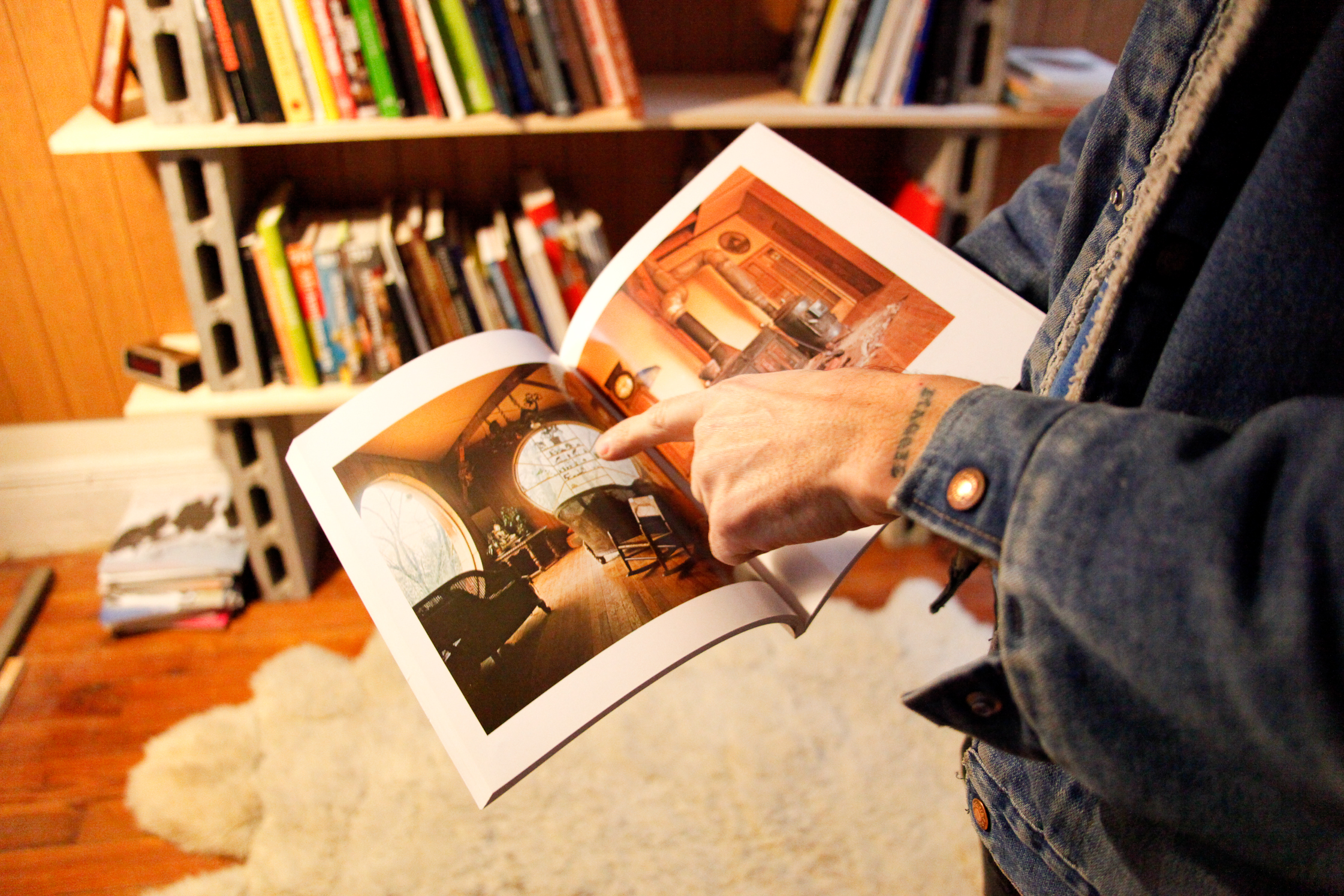
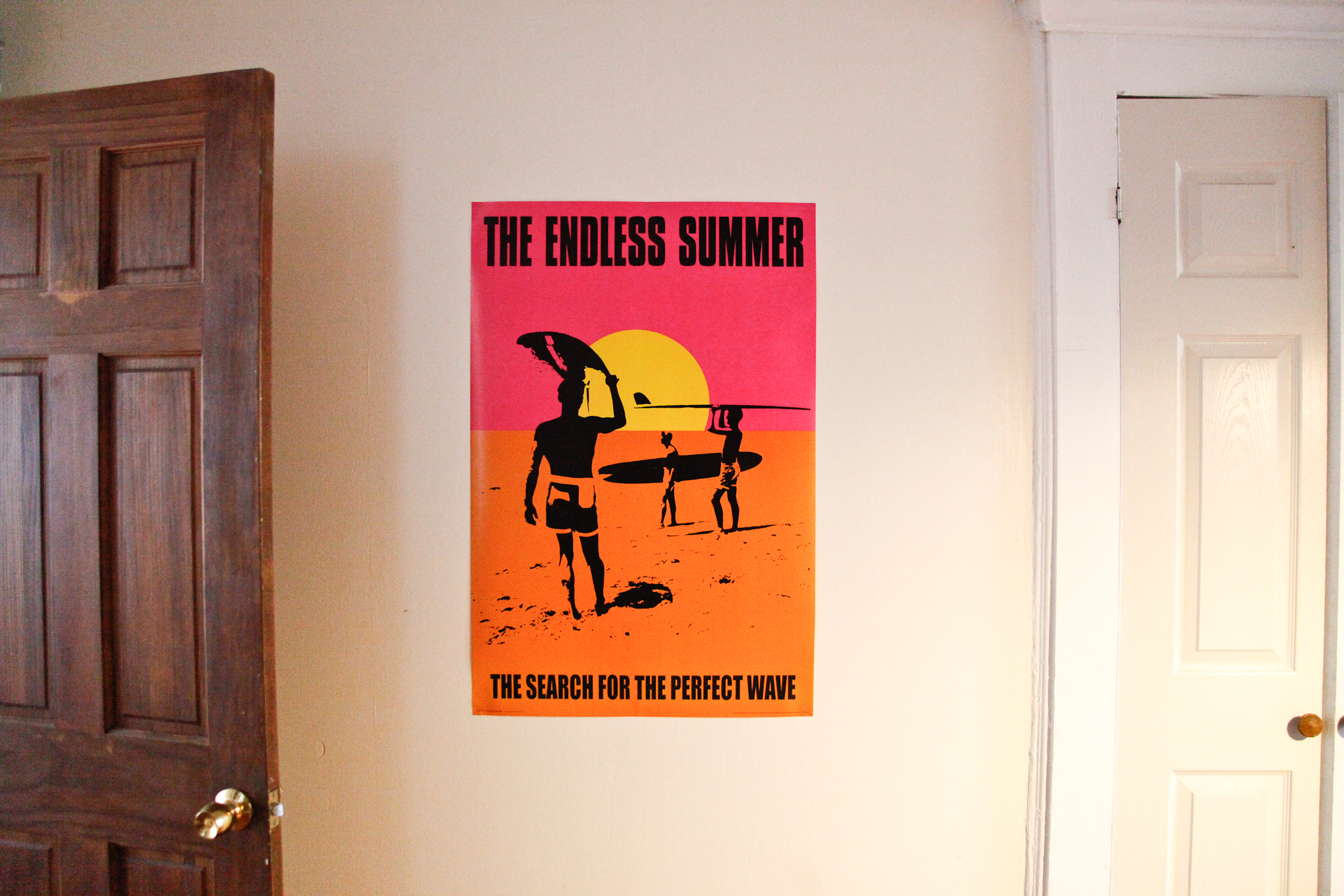
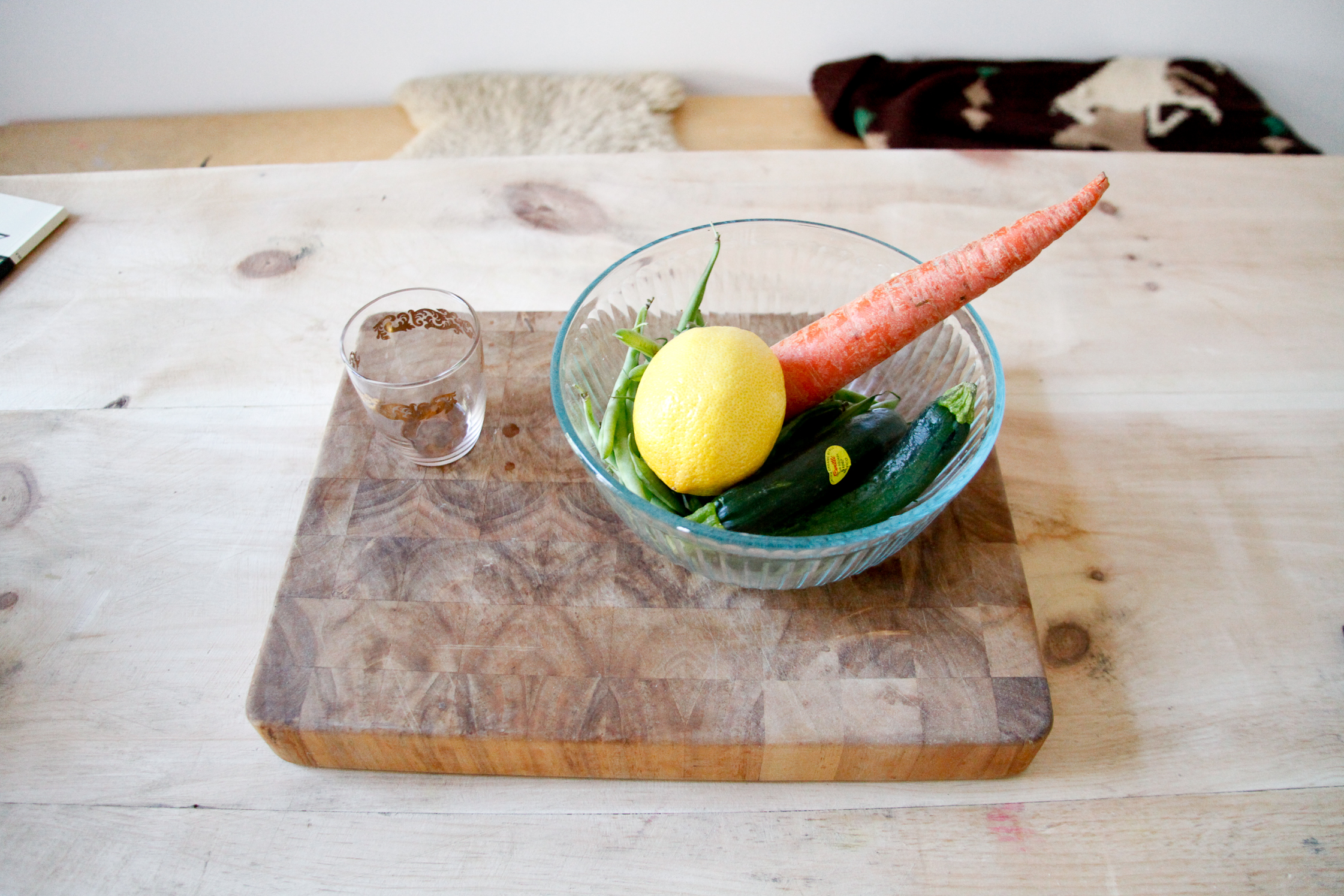
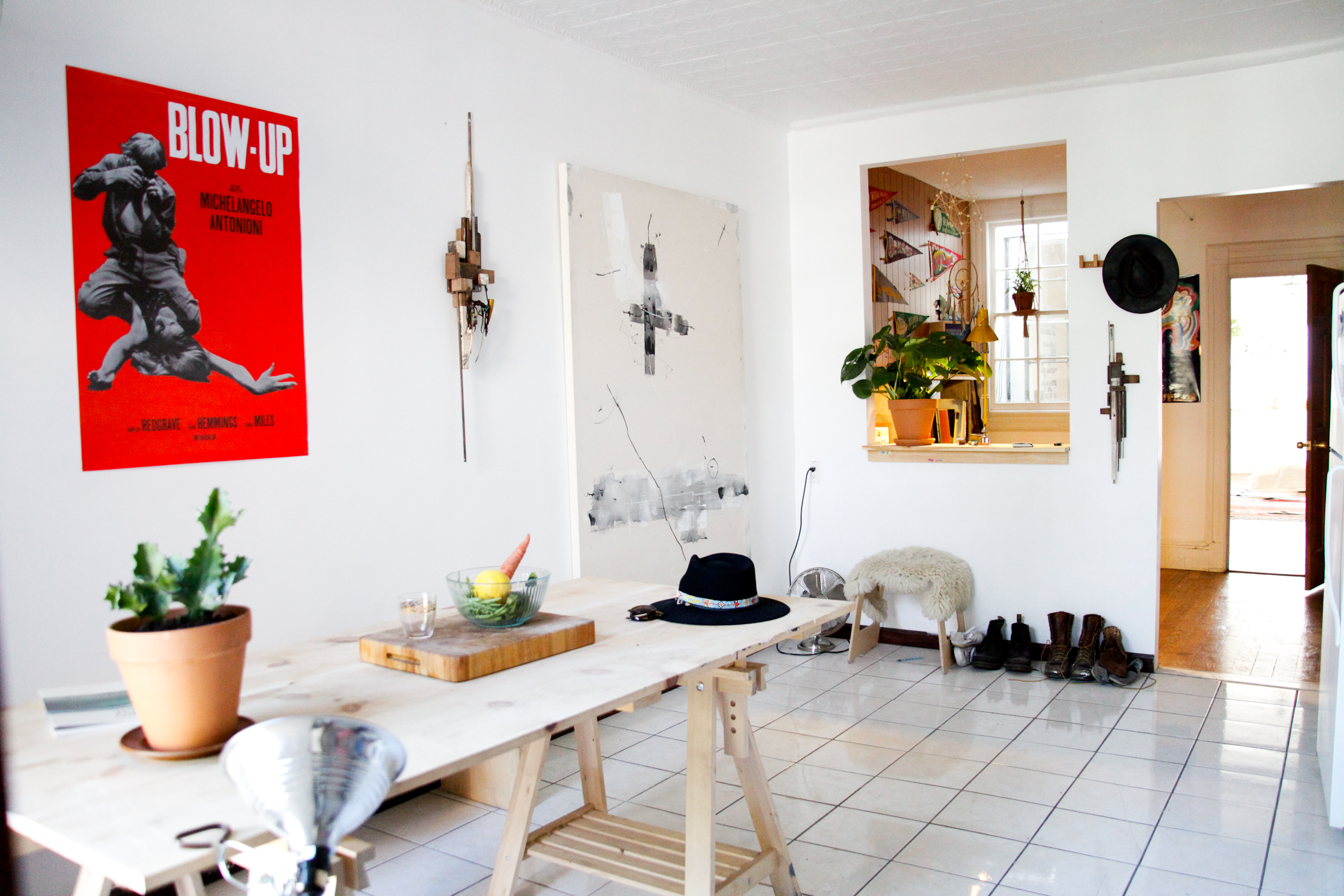
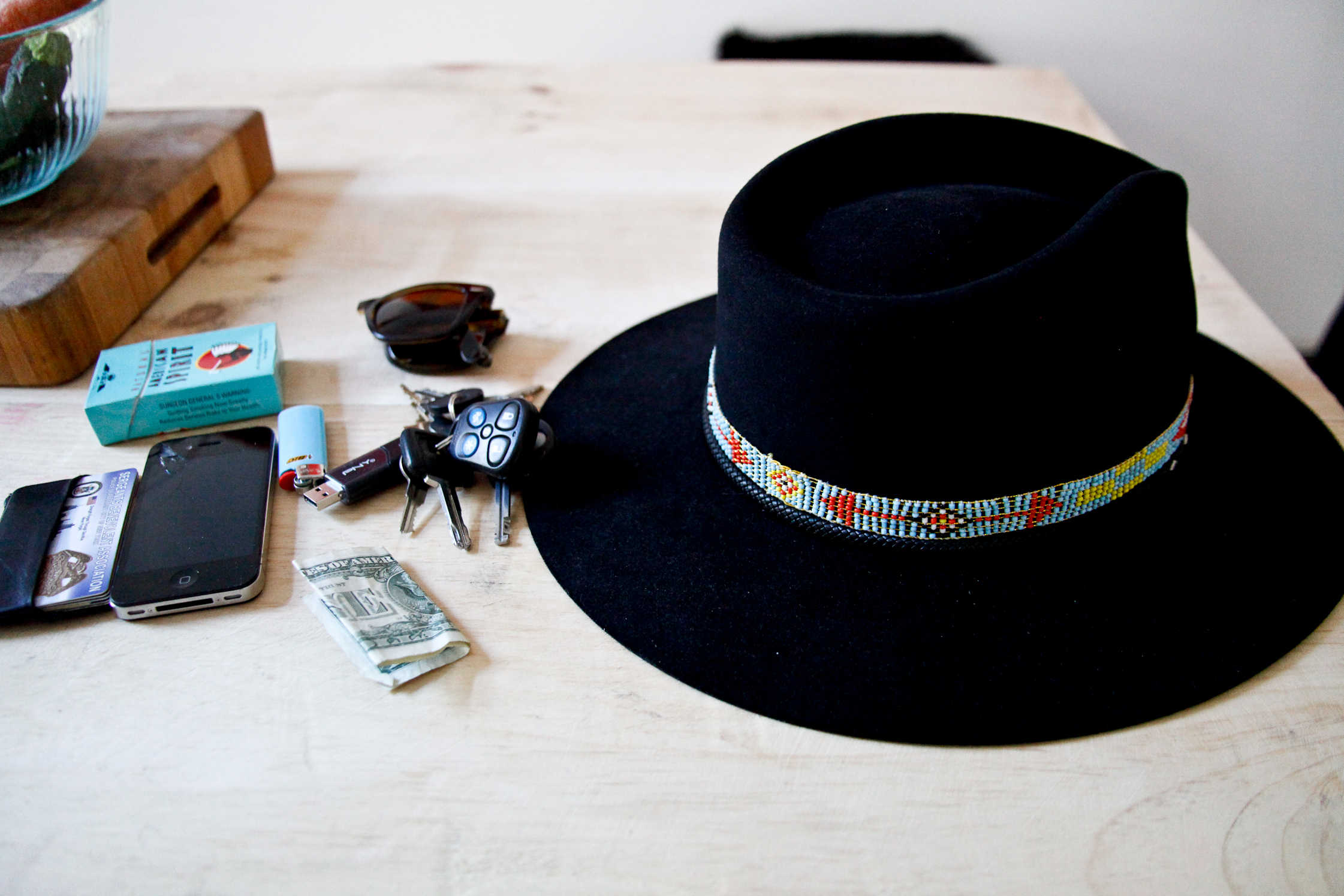
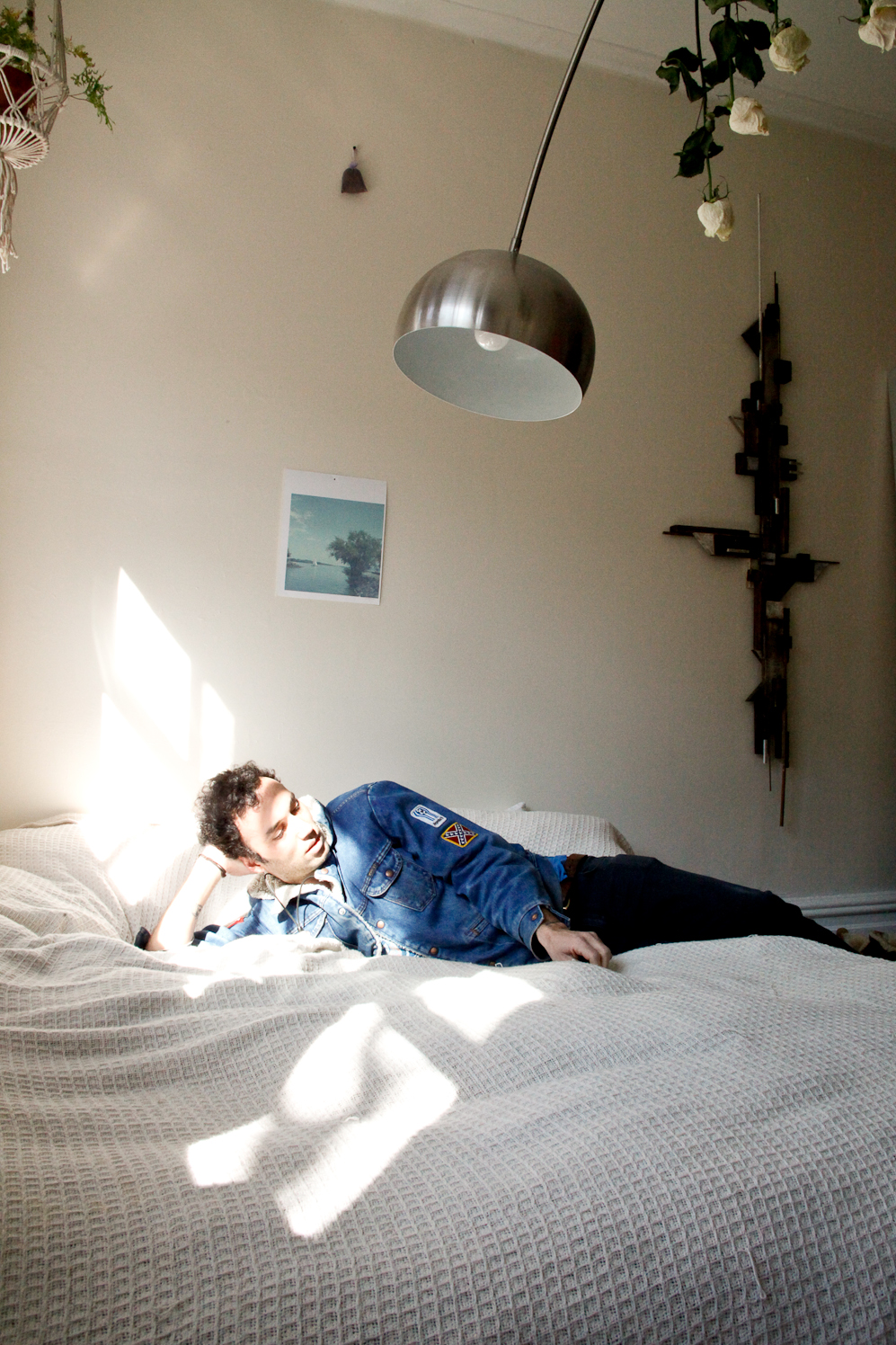
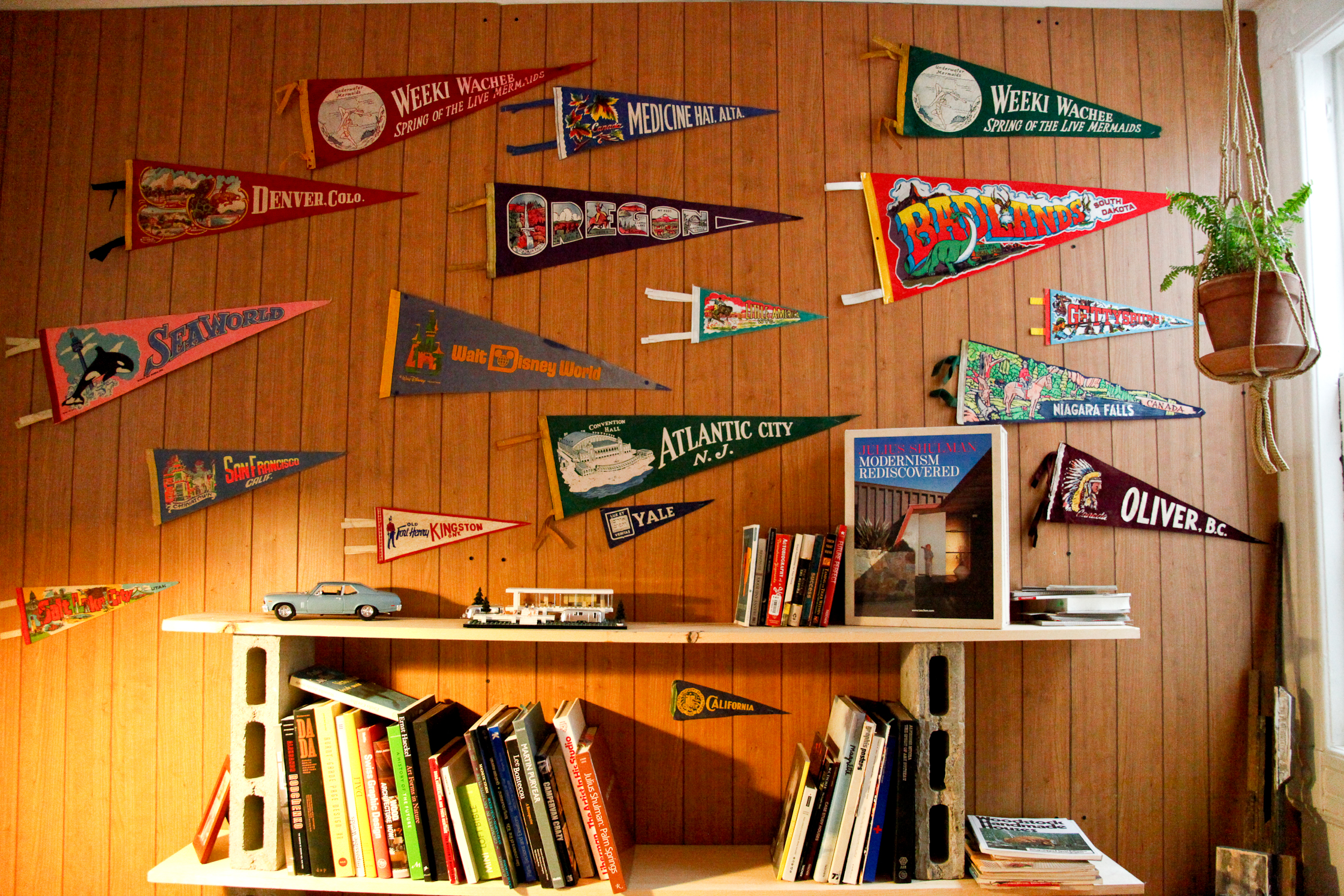
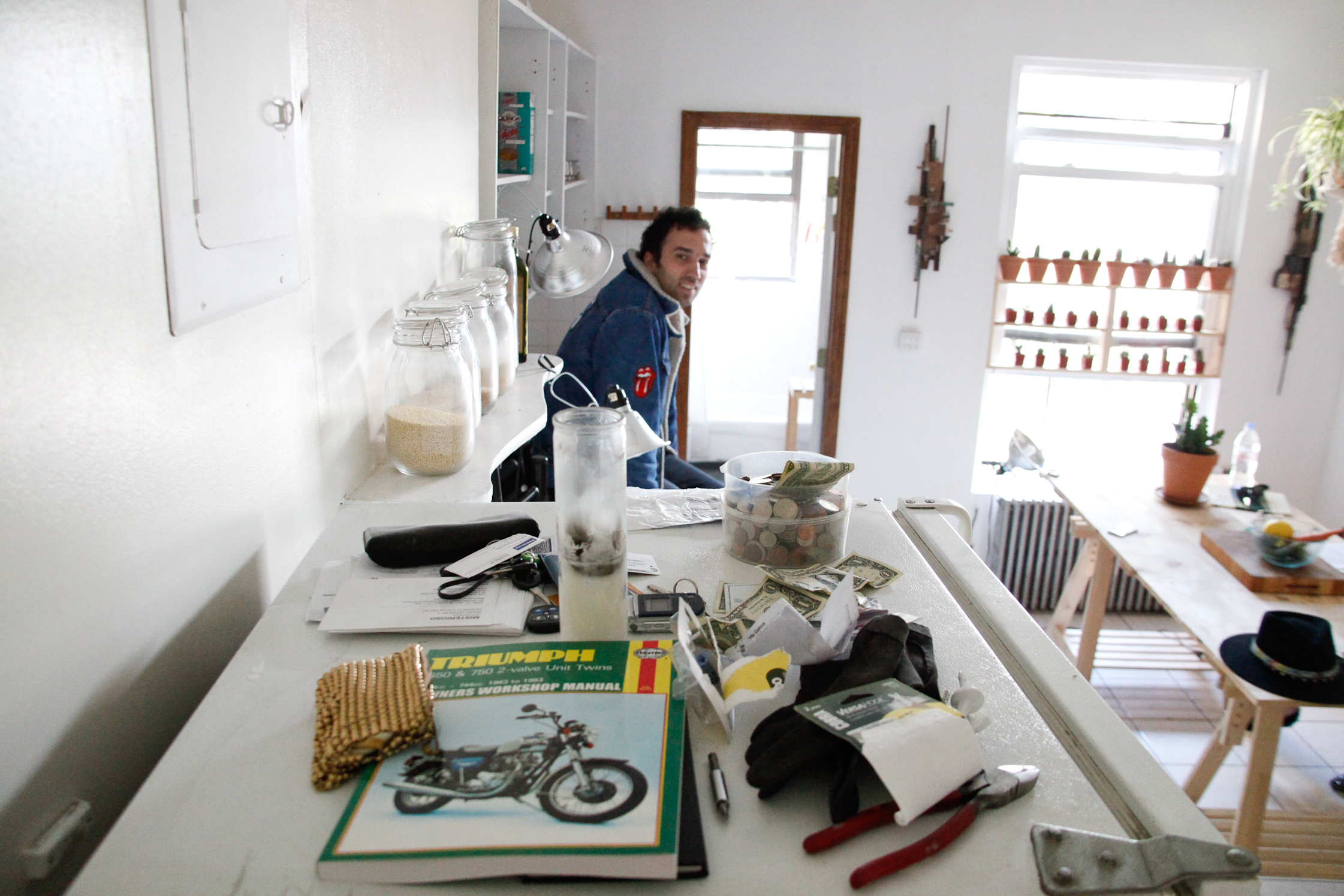
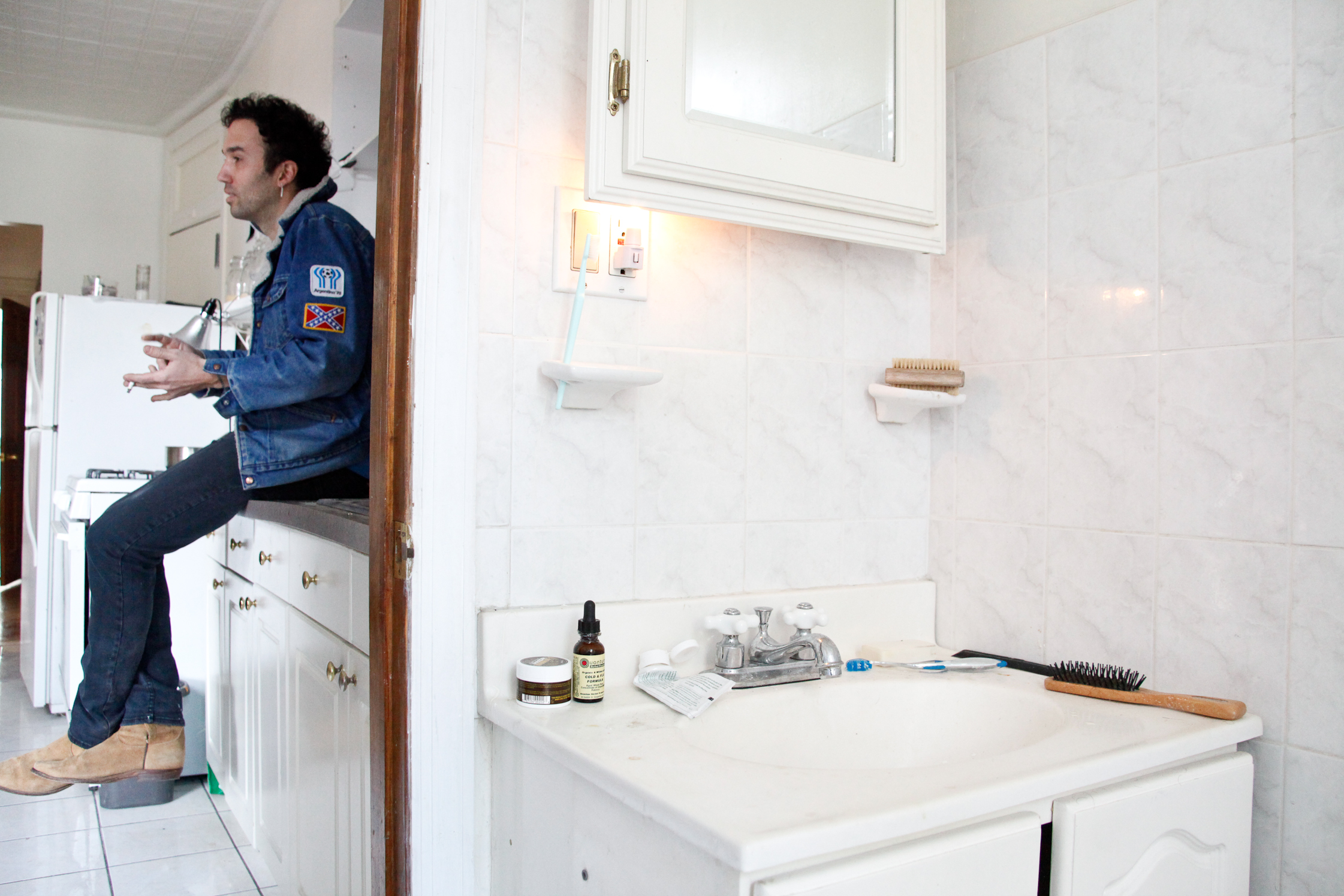
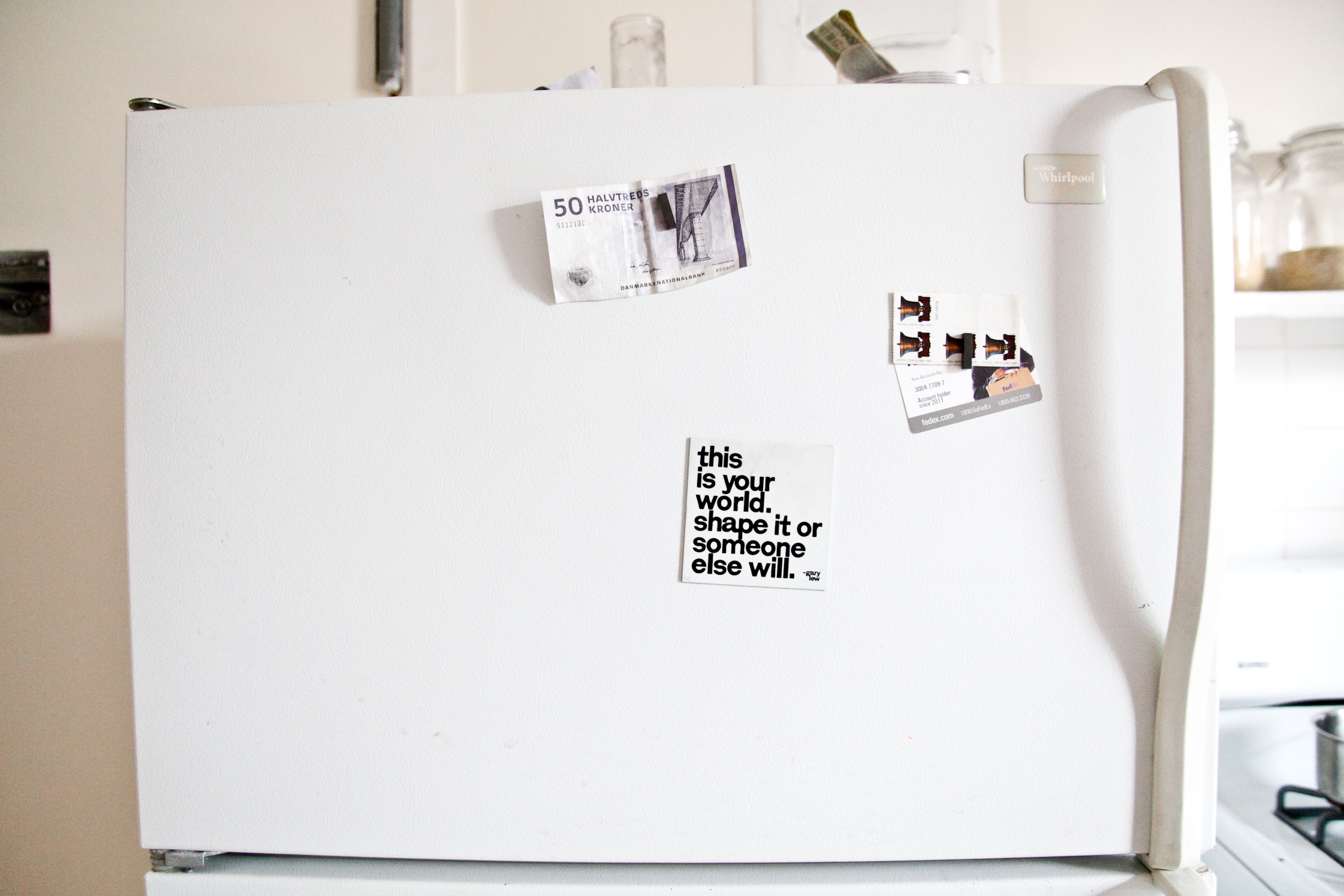
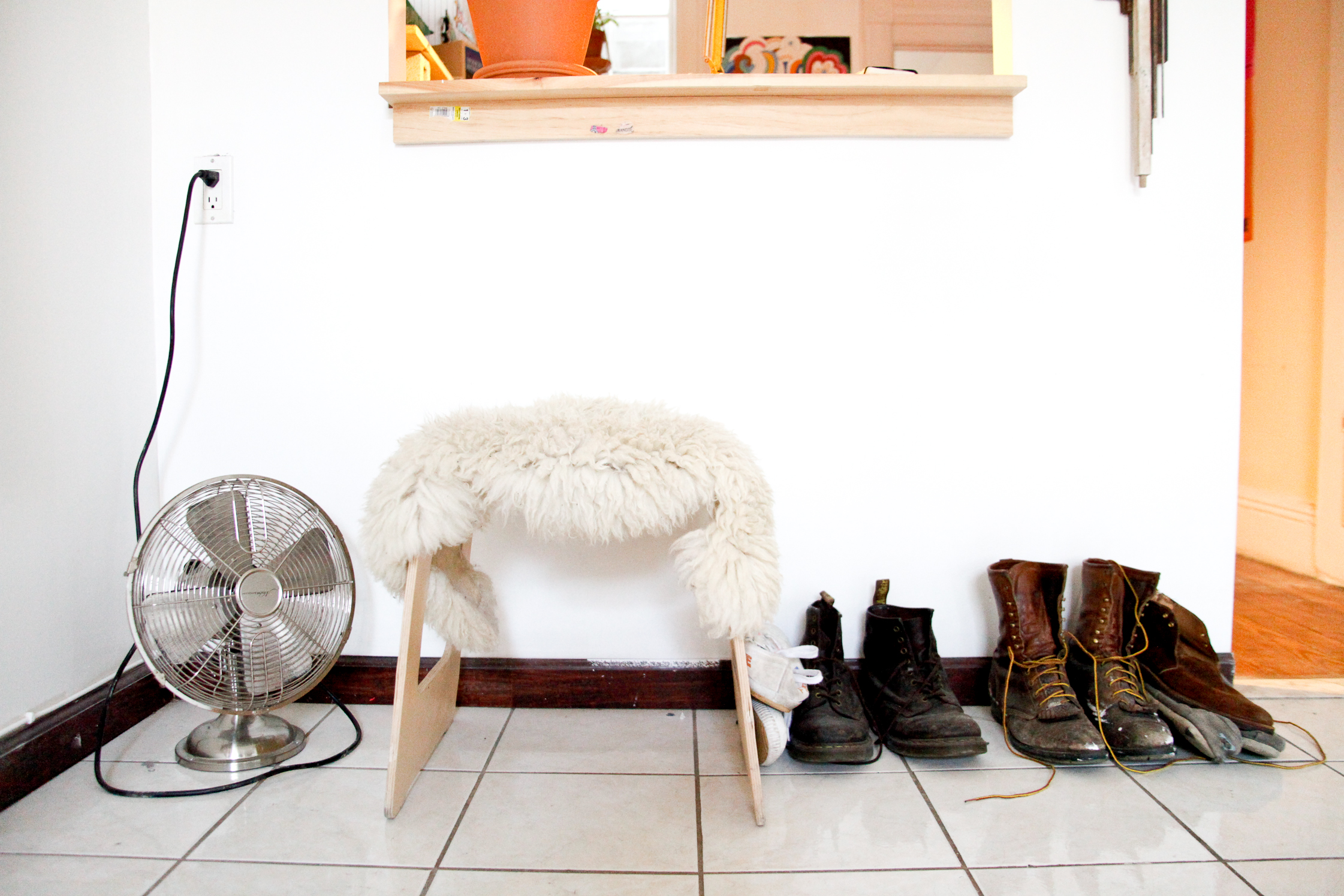
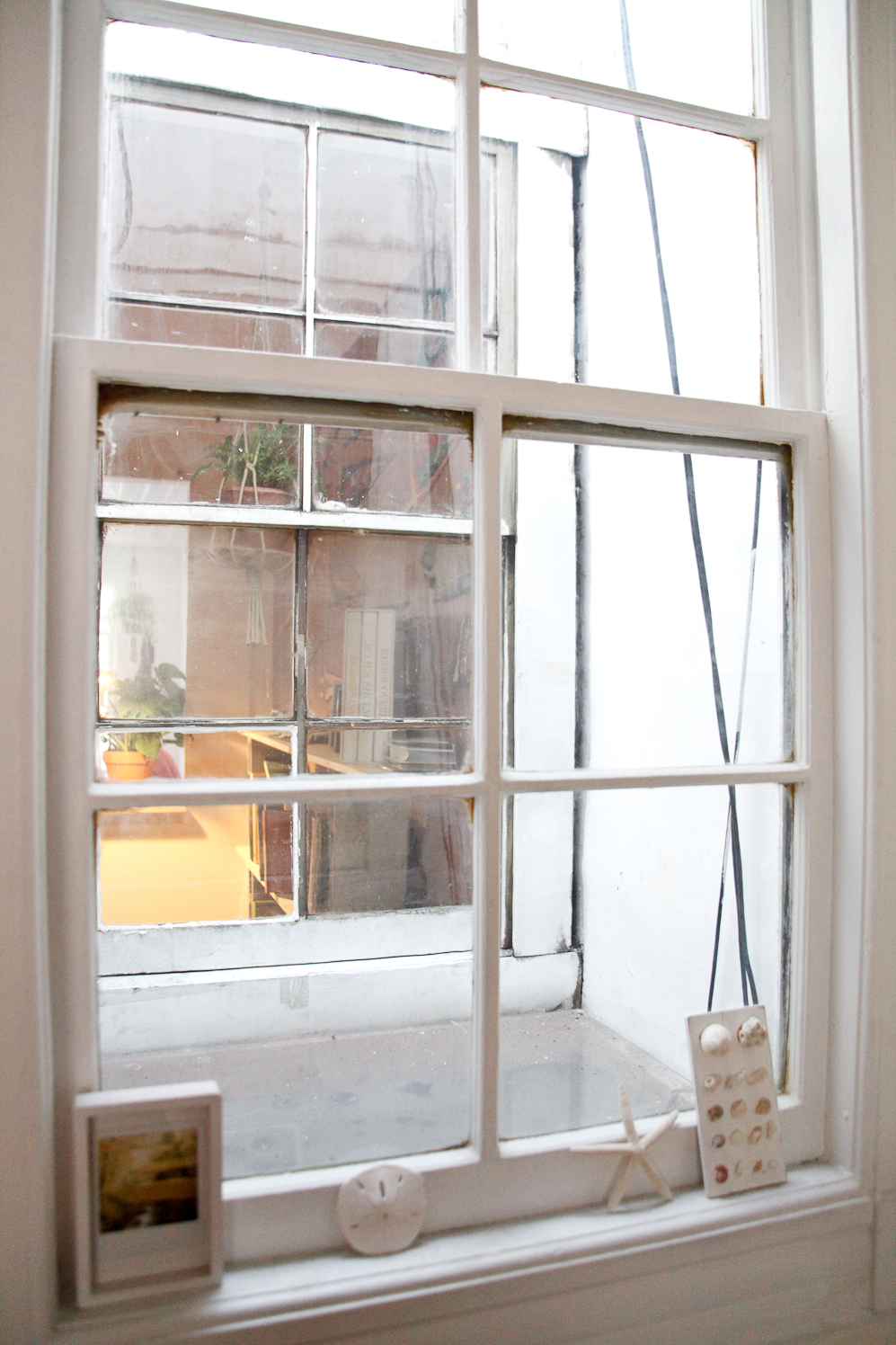
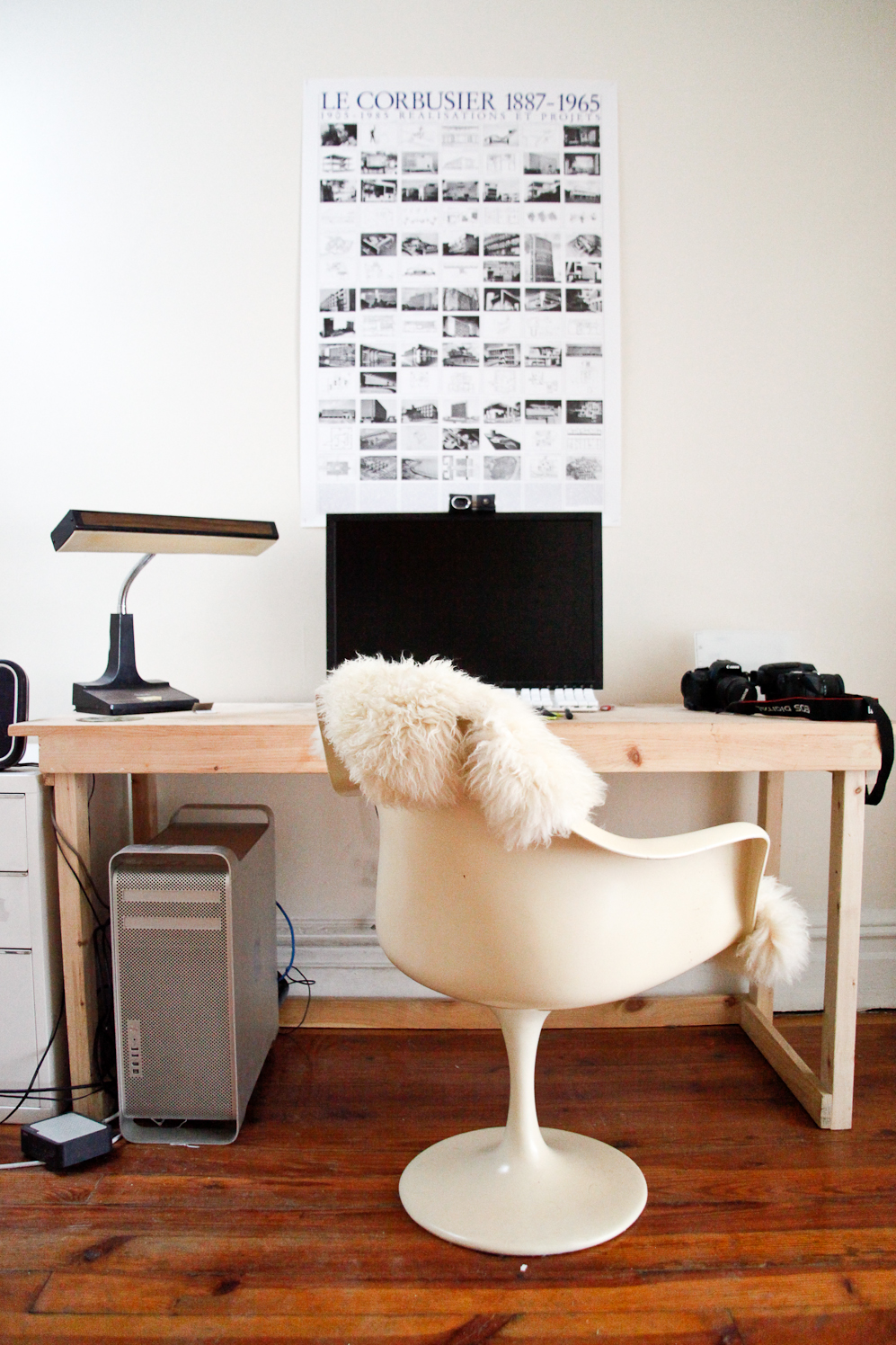
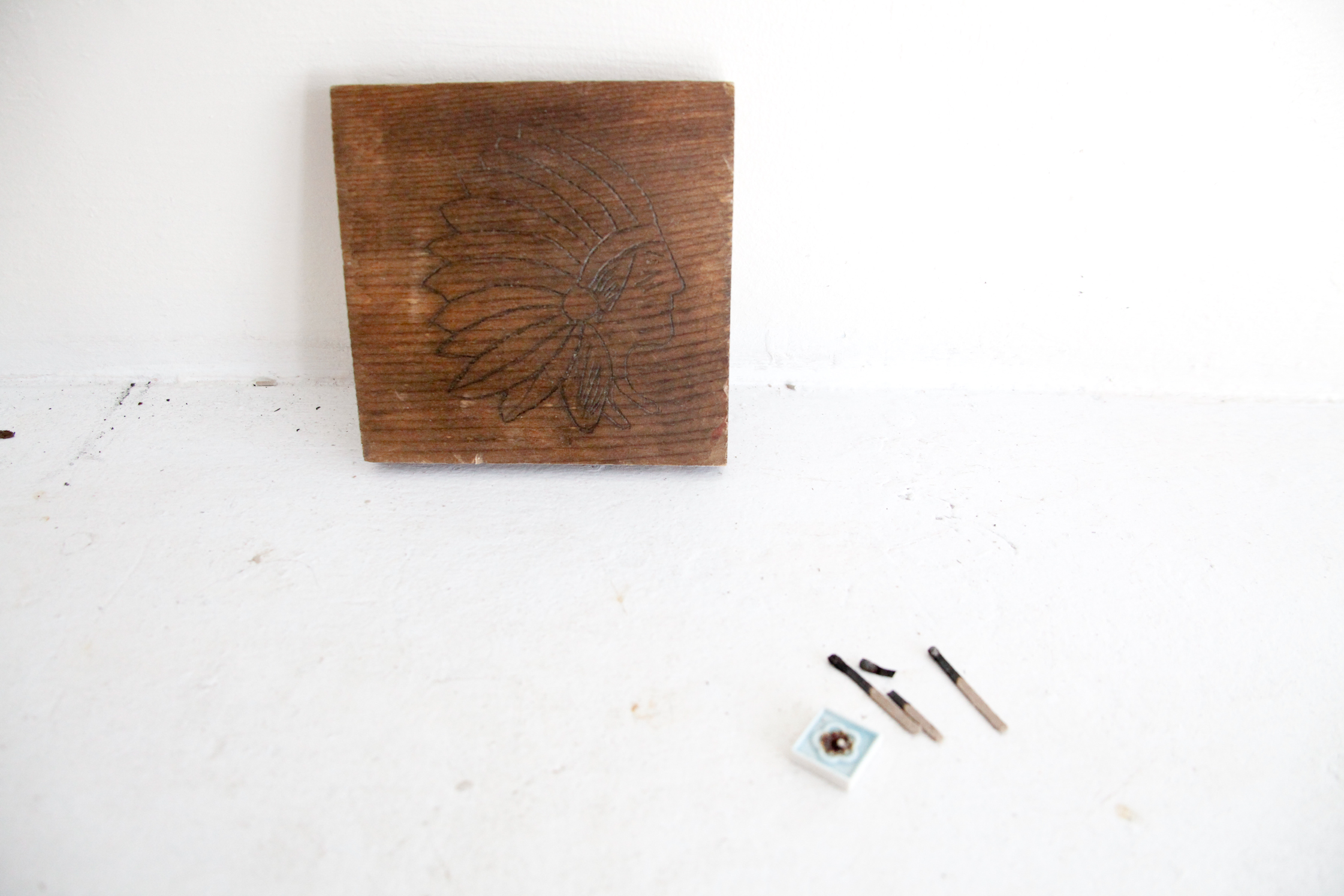
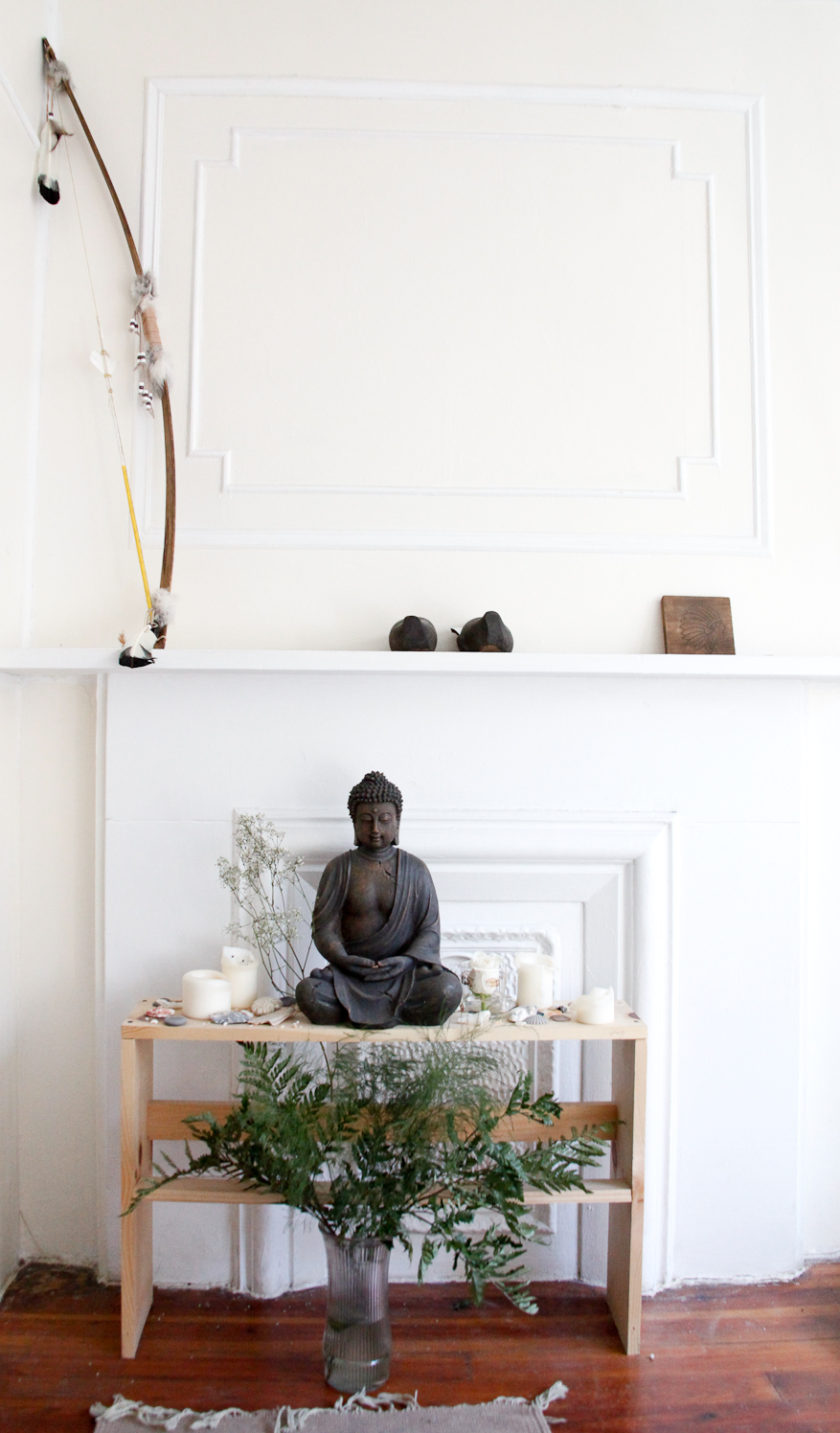
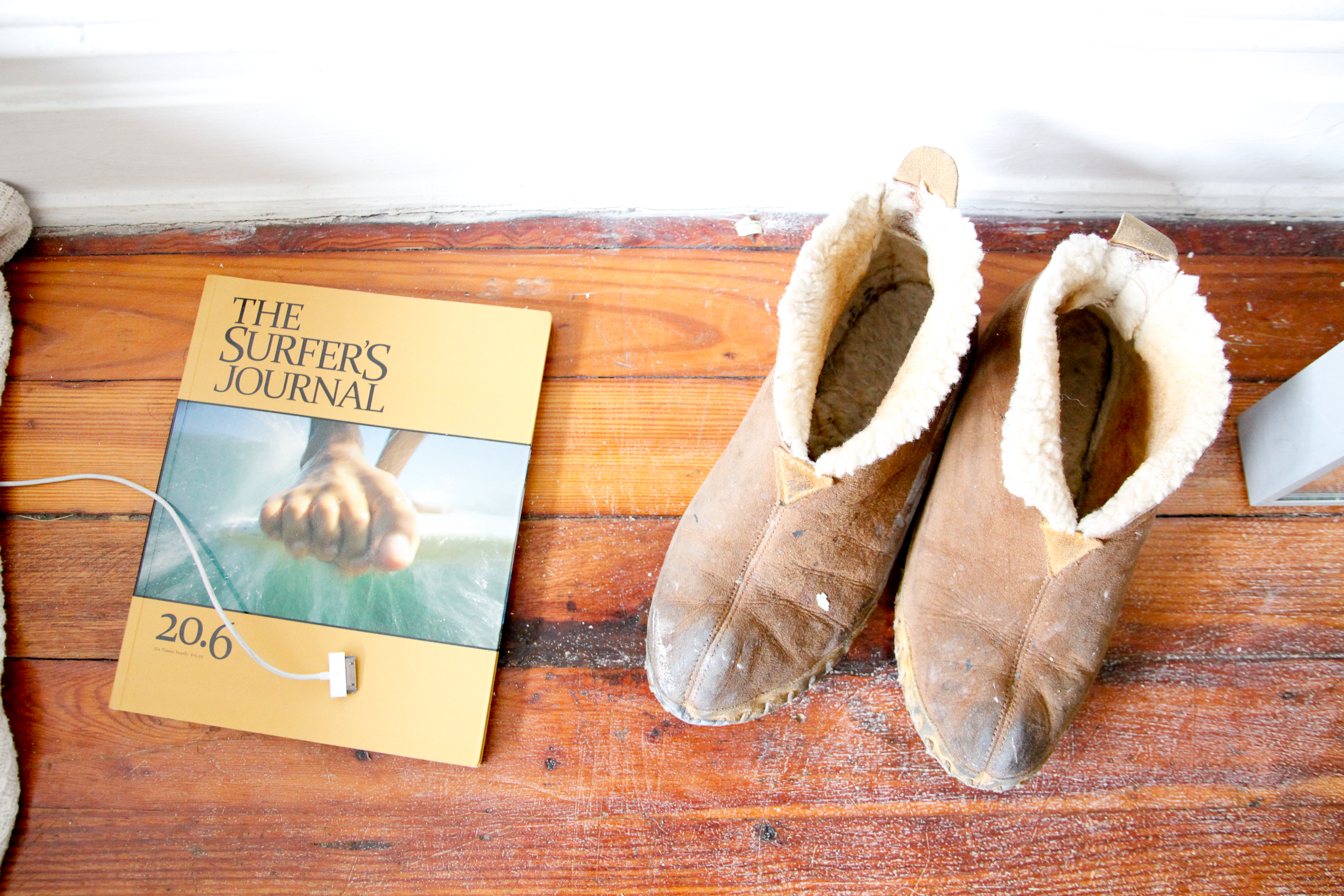
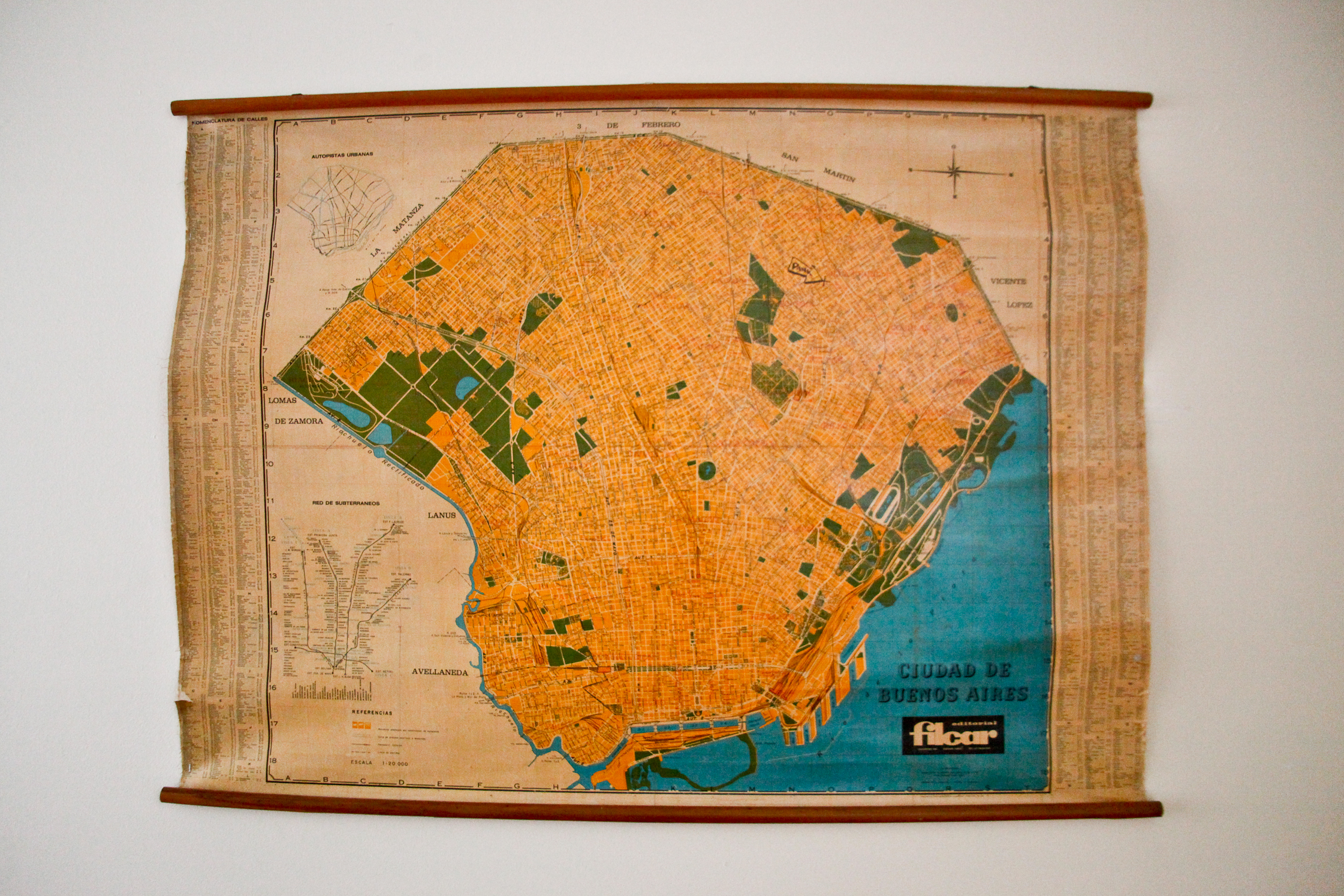
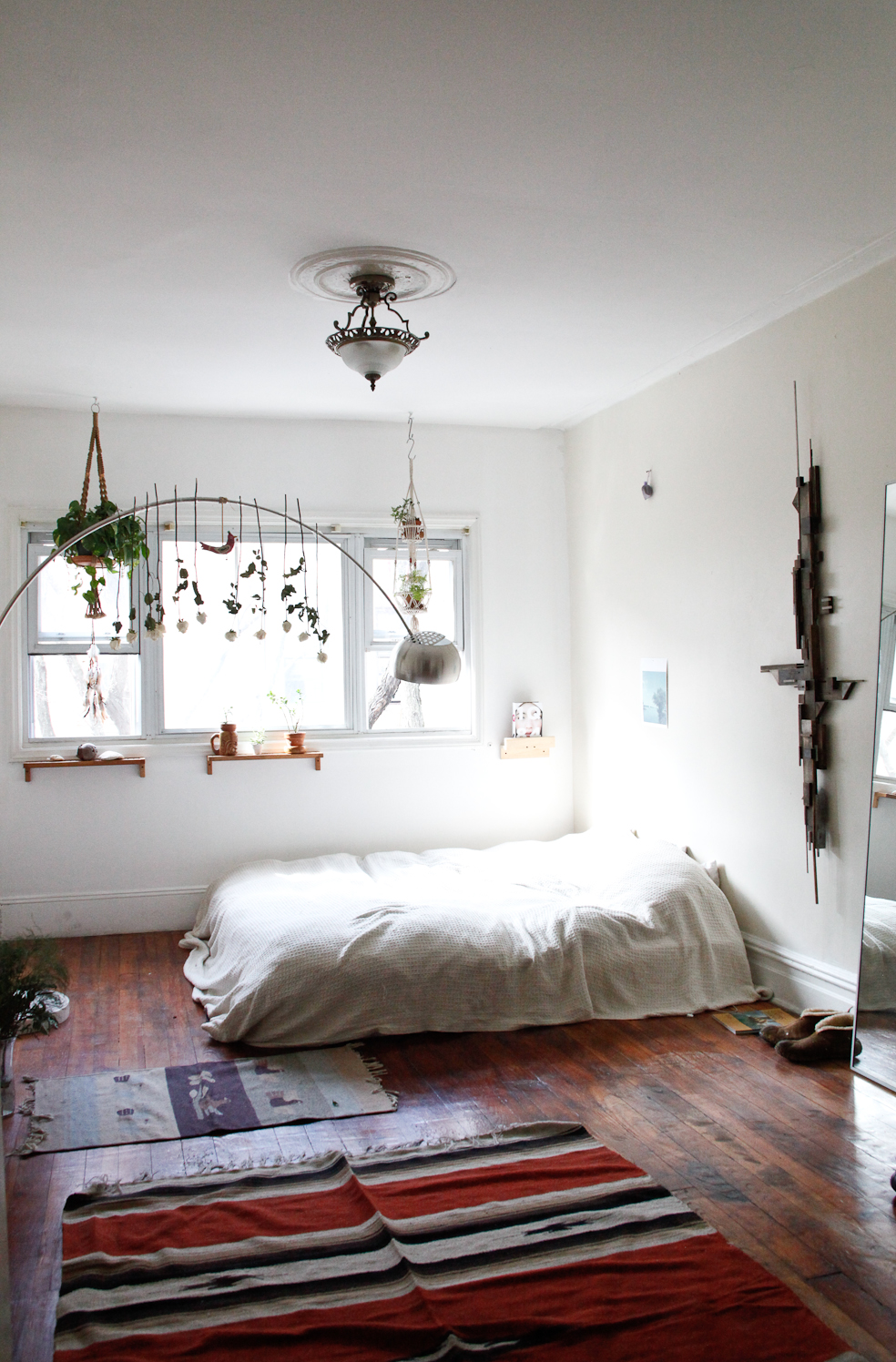
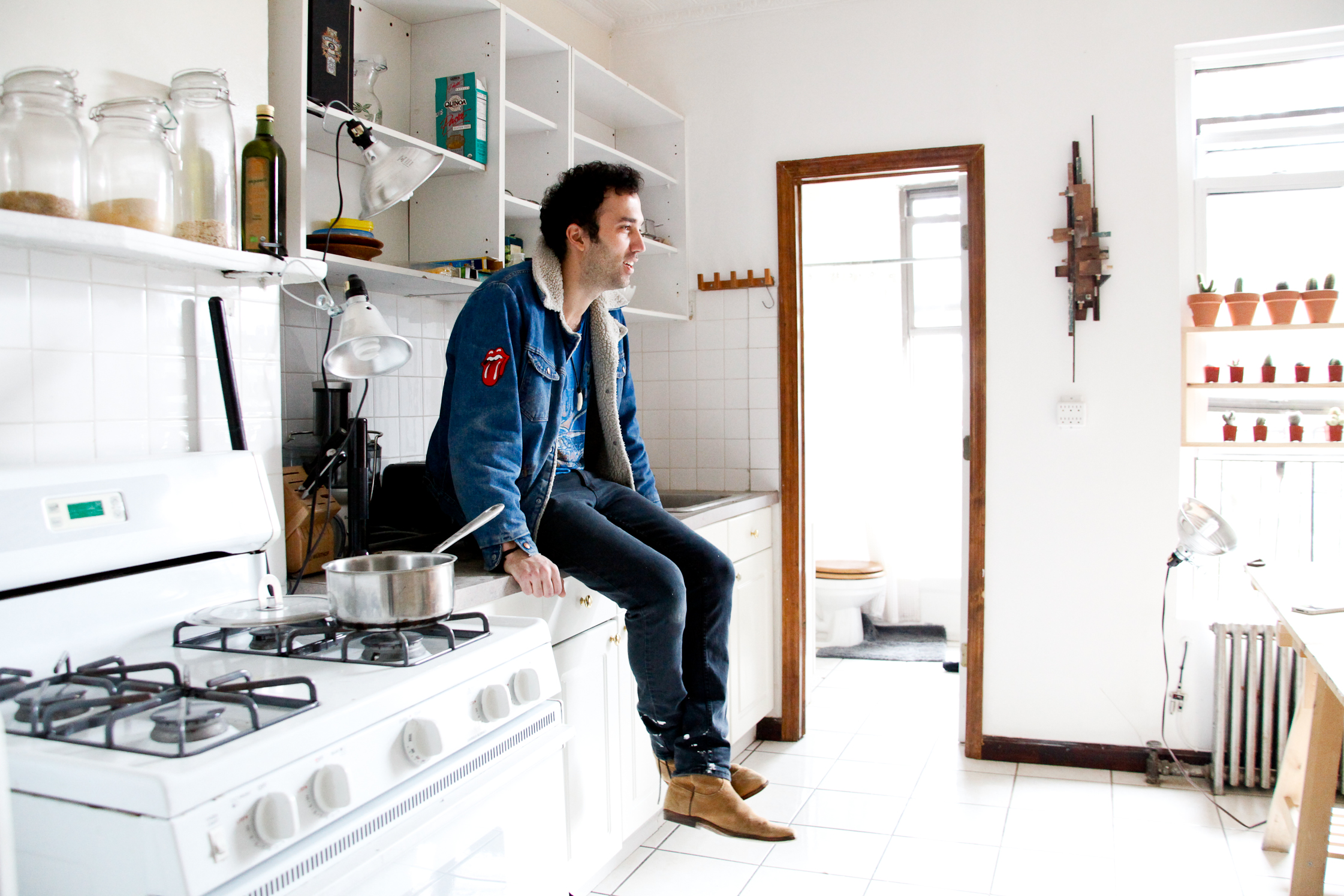
Why did you choose to become an artist, how did you start and how did it you come to the decision?
It all started in Argentina, because of its society and culture. When I was young we basically had two options; either you were a soccer fan, and if you didn’t like that kind of culture or environment, you got involved with art. The only ‘escape’ from what was happening there, was becoming an artist. It was, more than just taking a decision, it came naturally.
I started painting when I was a kid and later on got into graffiti. Leaving graffiti behind later on I then applied to a Design school called FADU (Facultad de Arquitectura, Diseno y Urbanismo) one of the best and renowned universities in Argentina. The school’s main focus is the Bauhaus. They offer all sorts of different courses including architecture, film and fashion. It was during that time, that I studied art history and learned a lot about modernism, which is a subject that still influences me nowadays.
Tell us a bit about your art.
It’s about the contrast between humans and nature; how humans are stepping away from nature and how, we have to come back to it. I tend to point out the problems rather than offer solutions. That being said my work is still “abstract”, something that doesn’t relate to anything you know or have seen before, there are no words for it. It, helps trigger someone’s imagination, and I like how everyone feels something different about it, that’s the beauty of it.
Do you work on other formats besides painting?
I paint, make sculptures, produce music and DJ. But I am open to design too; architecture, furniture and clothing. Things I haven’t seen anywhere before and I would like them to exist , I try to create/make them myself.
What role does art play in your life?
Art is an escape from normal life, from being trapped in an office. It’s the only thing I can do without people telling me how to do it or what to do. It’s up to me which way should I go about a particular painting or sculpture. If people don’t like it, that’s fine with me, because this is just what I do. It’s the one thing I do and like 100%. It is my way of being able to be free. It is freedom in itself; being free from rules, orders and corporations. more than selling or showing art, to me making art is the act of getting art out of your system, like drinking water or eating, it’s not a choice.
Tell us about the sculptures, do they incorporate the same ideas as your paintings?
Yes! This is how I started here in NYC, with the wooden sculptures: They are a mix between, Native American art shapes, nature and modernism. They’re made of wood, which gives them an organic feeling. The whole point of modernism is pretty much this – to connect humanity with nature
What made you come to the US/NYC in the first place?
The first thing that attracted me to NY was that here you can be yourself without anyone questioning it. This is something that my father put into my head from an early age. He couldn’t leave the country, because of the economic and political situation in Argentina. When I was born there was a military dictatorship in place, they started killing and pursuing people and so many disappeared. Mostly thinkers.
My father had a deep impact on me; he was a philosopher. I felt different from my friends in Argentina, because I was influenced by the kind of thinking of my father. He trained me to eventually leave Argentina and so, I moved to the US in 2003, right after the crash in Argentina. People were forced to the streets, demonstrations followed and then insecurity imploded very quickly. That’s when I left.
Actually, I was very lucky. I owned a hostel in Buenos Aires, where lots of artists and backpackers used to stay. At some point I let an American pilot stay there for free. He wanted to return the favor and offered me a first-class ticket on the plane he was flying to the USA in exchange. It was all very last minute, because he gave me this opportunity, just one day before he was leaving. So I got my things and left Argentina, never to come back. As I was offered this unique opportunity, I didn’t have the chance to finish FADU and dropped out, although I only had one year left. I did feel confident enough to make it, even without a proper degree and was not worried somehow.
Your father seems to have had a great influence on you.
Yes, thanks to him, I am where I am right now. He showed me how to dream and my mother how to make those dreams happen. I was raised with a super-interesting person by my side, he opened my eyes and taught me to re-think things from scratch, to question everything. Also my mother helped in the process but in a more realistic and conservative way, it was a good mixture of contrasting perspectives.
You’re not really a fan of Manhattan. What does Williamsburg mean to you?
I don’t really like cities in general, too many people being rude to each other, however its convenient to be right next to them. Williamsburg to me is the Europe of New York, many Europeans and also many Latin Americans are here, it is more free than Manhattan, there are less buildings, there’s more light and sun, more open spaces, no tourists, no corporate chains, it’s cheaper.
In Manhattan there’s lots of people but you feel lonely, Williamsburg is a real community of artists, where everyone knows everyone.
Is Williamsburg helpful to you in respect to you creating art, combining the theme of nature and humanity?
Definitely! I am a little bit closer to nature here (as opposed to living in Manhattan), and I have easier access to nature as well. It’s a mess to get out of Manhattan on the weekends, you can’t have a car, and I wouldn’t be able to have my own van, motorcycle or 10 ft surfboard.
Tell us more about the van.
It allows me to travel and sleep inside of it wherever and whenever I want to. It is my vehicle to get away from everything, not to pay for those expensive “2 night minimum” hotels, to be next to the water, go surfing , I also can bring my motorcycle with me. It is such a simple concept; I take my van, park it at the beach and I can just sleep there, next to the sea; I sneak into my van at night and no one even knows I am there. It’s free and feels liberating. It is so simple and I love to be able to just do that, without having to ask permissions or make “6 months in advance” motel reservations, but rather following my instincts.In the US it’s illegal to sleep in your car, so I have tinted windows and keep a low profile look.
Would you ever live anywhere else outside NYC or move back to Argentina?
Maybe at the beach, but for now I am staying here. I will definitely travel a lot, but this is my home now. I don’t miss Argentina per se, but I do miss the more freer environment over there.
You used to paint inside your apartment, how was that?
The best thing about painting here is that, I could do it at any hour. I could wake up at 2am and paint, convert an idea instantly. This is the difference between here and the studio, however, since it is so close to my apartment, this hasn’t changed too much.
Tell us about your new studio. The new space at Rosarito is great – do you think it will influence your stream of creativity?
It’s my main working space and we also set up our music studio there. Yes definitely, I have more space, I can see things form far, the lighting there is amazing and the space is huge. I don’t feel ‘trapped’ there; less deprived of doing certain things.
‘Our music studio’?
Yes, my friend Diego Galarza and I, have started a band called Mr. Moto about two years ago. We mainly play Synth-pop.
Mr. Moto is a ‘luchador’ it kind of means a fighter, it’s a character from an old wrestling show in Argentina. But it’s also what motivates us together, our motto is the music.
How does your apartment reflect who you are?
Everything is in here, all my ideas come from here, everything is put together in the way I want it to be. This apartment is for meditation. I love my street; Polish people are friendly, it’s the most beautiful street, and the only one I know of in Green Point, that has three-storied buildings and that is filled with those trees – it’s like no other street around.
What is your favorite thing about the apartment?
My favorite thing about the apartment is the pine tree, you can see through the window. Also I love the fire escape, where I go and smoke and have my alone time. Me and my girlfriend really like the skylight, the way light gets in a space makes all the difference.
You’re part of the ‘Almacen/Rosarito’ crew. What does it mean to you and how did it come along?
They are my family, my group of Argentineans. I am always with them. We are about ten core people, but twenty in total. We have so much in common. We left the same country for similar reasons, and all of us decided to come to NYC. Most of us struggled, as we didn’t have papers and needed to find jobs. We all went through a long process in order to become free. Slowly we are all getting there, but it takes a long time. We support each other, wherever we can.
I met Diego, one of my best friends, randomly in the streets. He heard me speaking in Spanish, and approached me. It was meant to be. He’s the brain that put the family together; he’s the center; he connected everyone. He started both restaurants El Almacen and Rosarito Fish Shack, which is where we meet and thanks to him I have this amazing studio, located at the back of Rosarito in the heart of Williamsburg where I also host and dj this party every Saturday we play 1 Hit Wonders, it became a Saturday classic.
How does this party connect to your repeating idea of becoming and being free?
The point of the party is that, it doesn’t have any kind of limitation. Everybody can get in and of course we don’t charge a cover. In Manhattan, it can often be annoying, you have to be on a list, it’s hard to get in sometimes etc. We put together a party that is really all about having fun. It’s not pretentious, there is no “who’s who” – everybody comes to dance and just have a good time. I love to play music, I’m not really a dj – I’m playing one-hit-wonders, whatever’s fun. It might sound cheesy, but it’s a simple concept of just picking and playing music everybody knows and everybody relates to in one way or another. People in Manhattan tend to go to places just to be seen, not to actually party. Every Saturday you can just come, enjoy yourself and be however you want to be.
I hear you want to build a house in Woodstock?
Diego and I, are actually looking to buy land with pine trees, in Woodstock and put two airstreams there. Eventually we will make a house, but it’s going to take some time. There are a couple of Argentineans that already have a house there and we will build it not too far away from them. In my blog (thelitwood.tumblr.com) you can see some inspiration for what we want to do there, all relatively rustic modern and I also want to incorporate some of the ideas I gather from my favorite book. A lot of details in my apartment are also inspired by this book, like the plants and the cacti.
Theres also the idea of buying land in Nosara, Costa Rica with a couple of friends, build some huts and spend most of the year there surfing and living a healthy life.
Favorite CD?
‘A little bit of something’, by Tommy Guerrero.
Favorite book?
‘Woodstock Handmade Houses’, by Robert Haney, David Ballantine and Jonathan Elliott.
Are you influenced by any artists?
Yes, by many, but more by the way they think, not necessarily their art itself. Le Corbusier for example: was the one making the transition from the old to the new world. I also love Writers that expose society issues, the upper class and the government such as ‘1984’ and ‘Animal Farm’ by George Orwell. I also like to watch and get inspired by artistic films such as ZABRISKIE POINT by Antonioni. In other movies, like at Hollywood, you have to follow what the director and crew imagined for you, which however but doesn’t allow you to practice your own imagination.
Do you have a ritual when you start painting?
What I am attempting to do is not to think ; just feel, it’s the most difficult job. I try to forget about everything and really have fun with it, do whatever comes to mind. I do have to take certain decisions I can’t escape from, like what sizes of canvas, what materials and colors. Actually, I don’t use any colors, but pink. To me it’s the color that contrasts black and white the most, and to me it is all about getting the idea across with extreme contrast: black and white and then I hit it with fluorescing pink.
How do you know when a painting is finished?
A painting is never really finished. I have a lot of paintings on my website (www.fedesaenz.com) that now changed shapes. Sometimes you kind of know when to stop, others you get drawn into the moment and then you realize it’s too late and there’s no way back you paint all over it again. This one hanging in the apartment my girlfriend told me to stop right there, and I did, but I wanted to keep going, now I see what she meant and I like it.
Is there anything you want to achieve?
Having lived in America for almost 10 years made me realize the meaning of real freedom, there’s too many rules here, too much control, but if you are sneaky and self sufficient you can get away with lots of things. As long as I can keep doing what I love and not having to listen to anyone, telling me I should do things their way, differently or trying to modify the way I think, because of the business side of the industries– as long as I can do that, and not care what others think or say about me, I am good. Be yourself.
Thank you Fede for this interesting interview!
Have a look at his website and see some of his beautiful artworks.
Photos: Grace Vilamil
Interview: Noemi Staehelin
